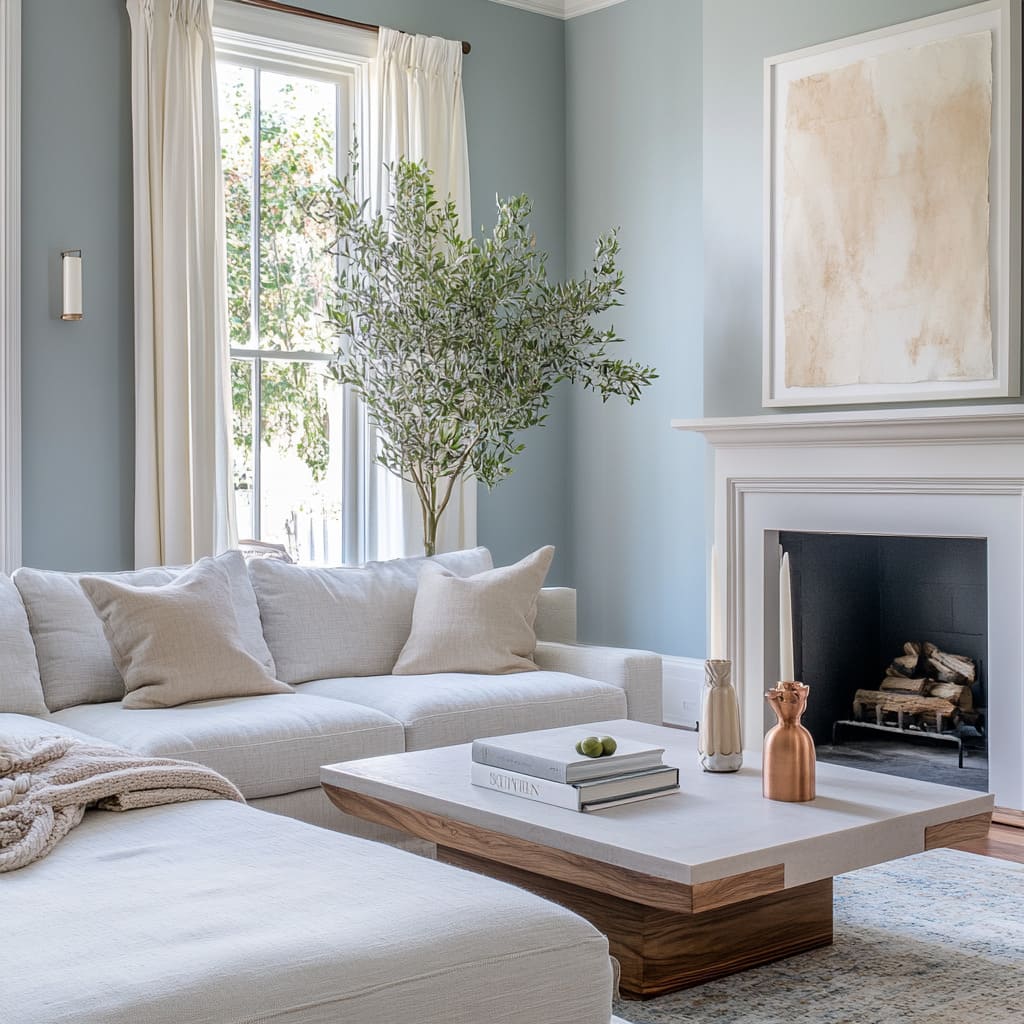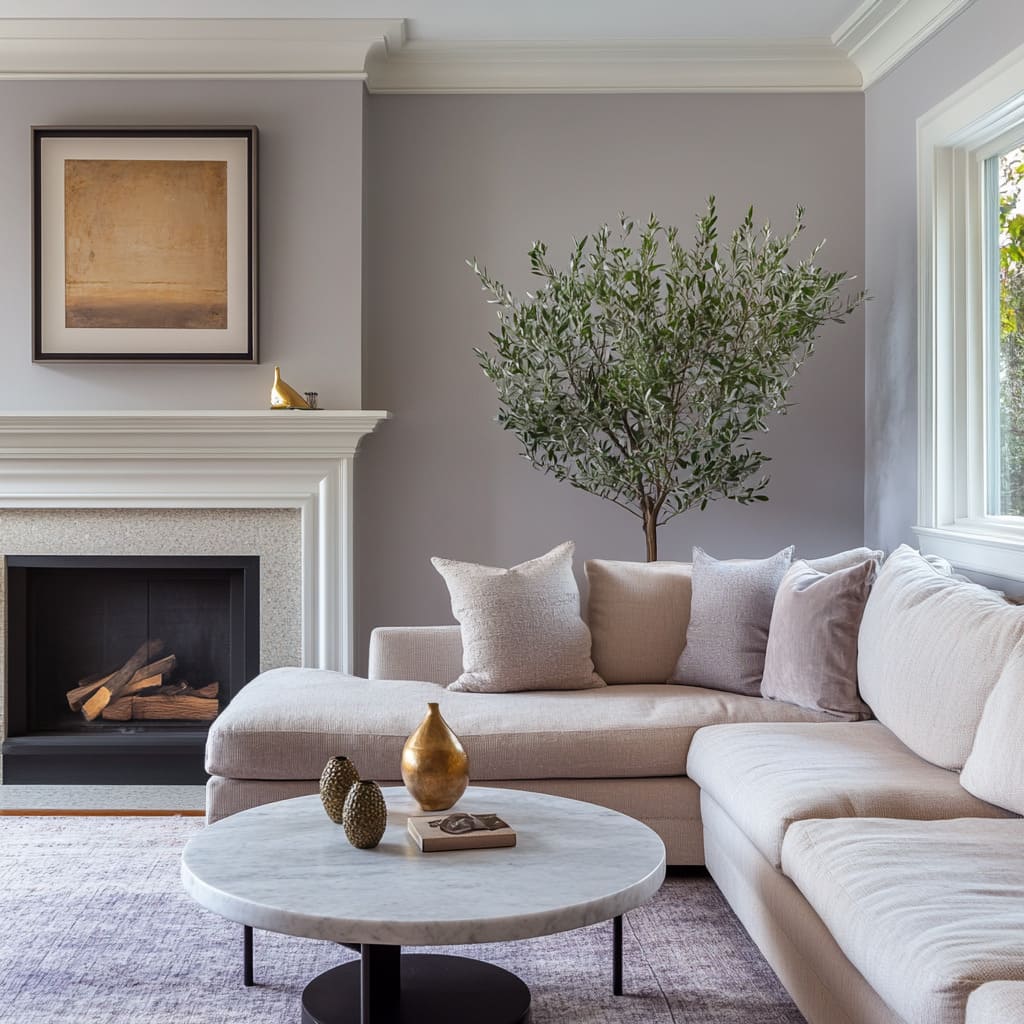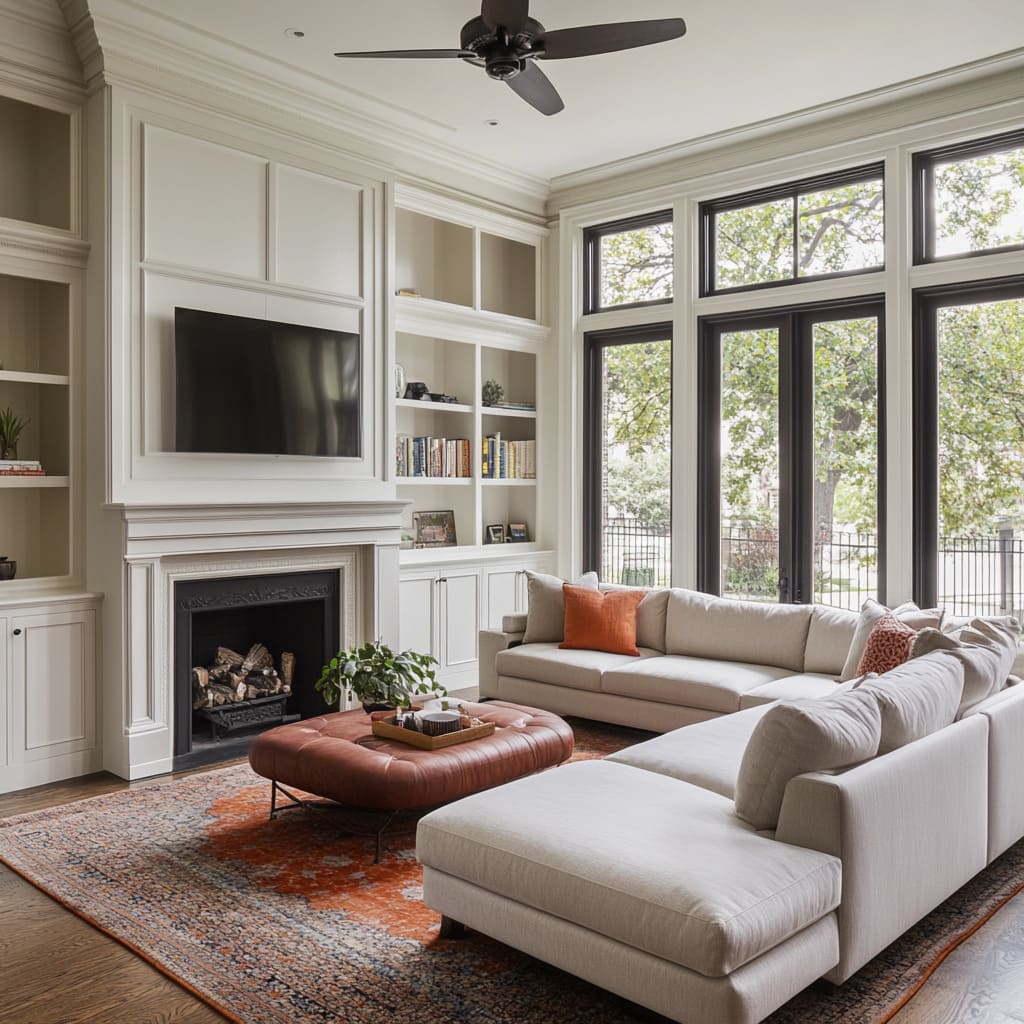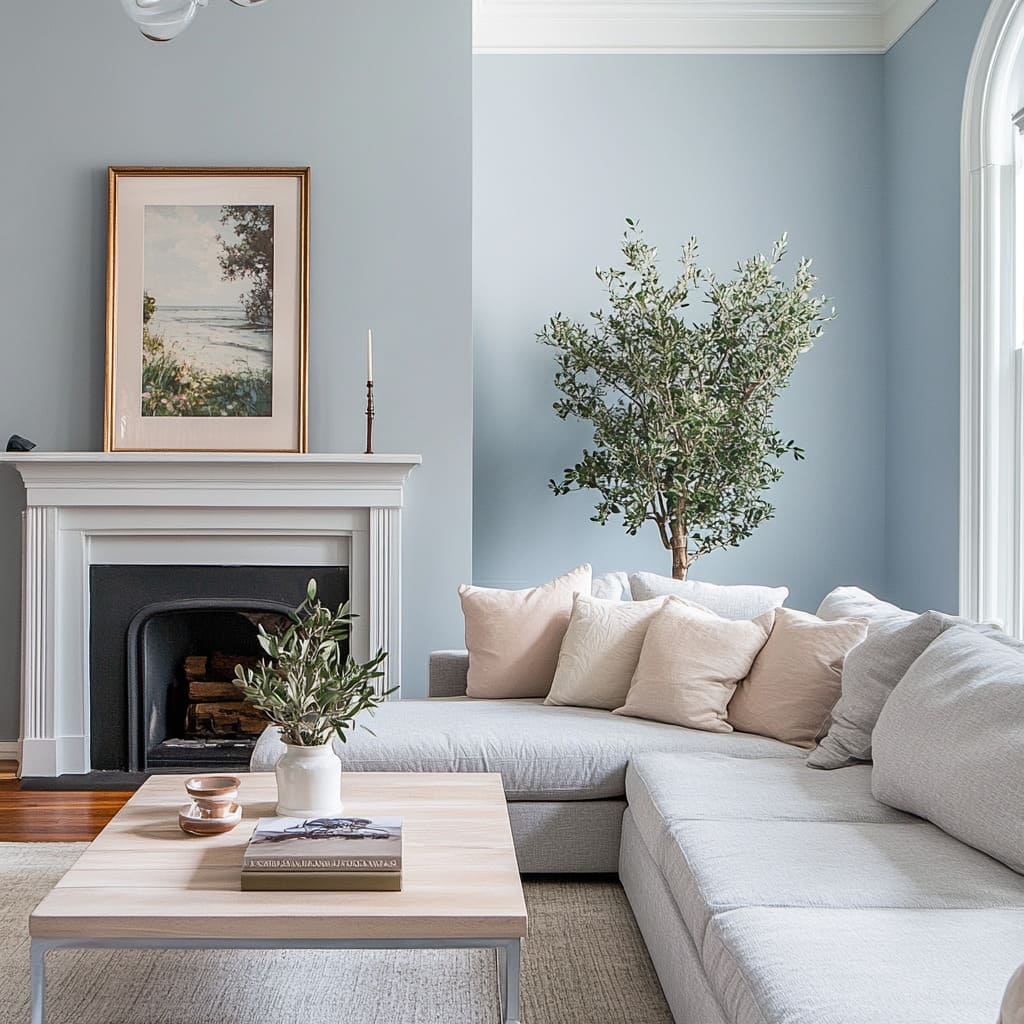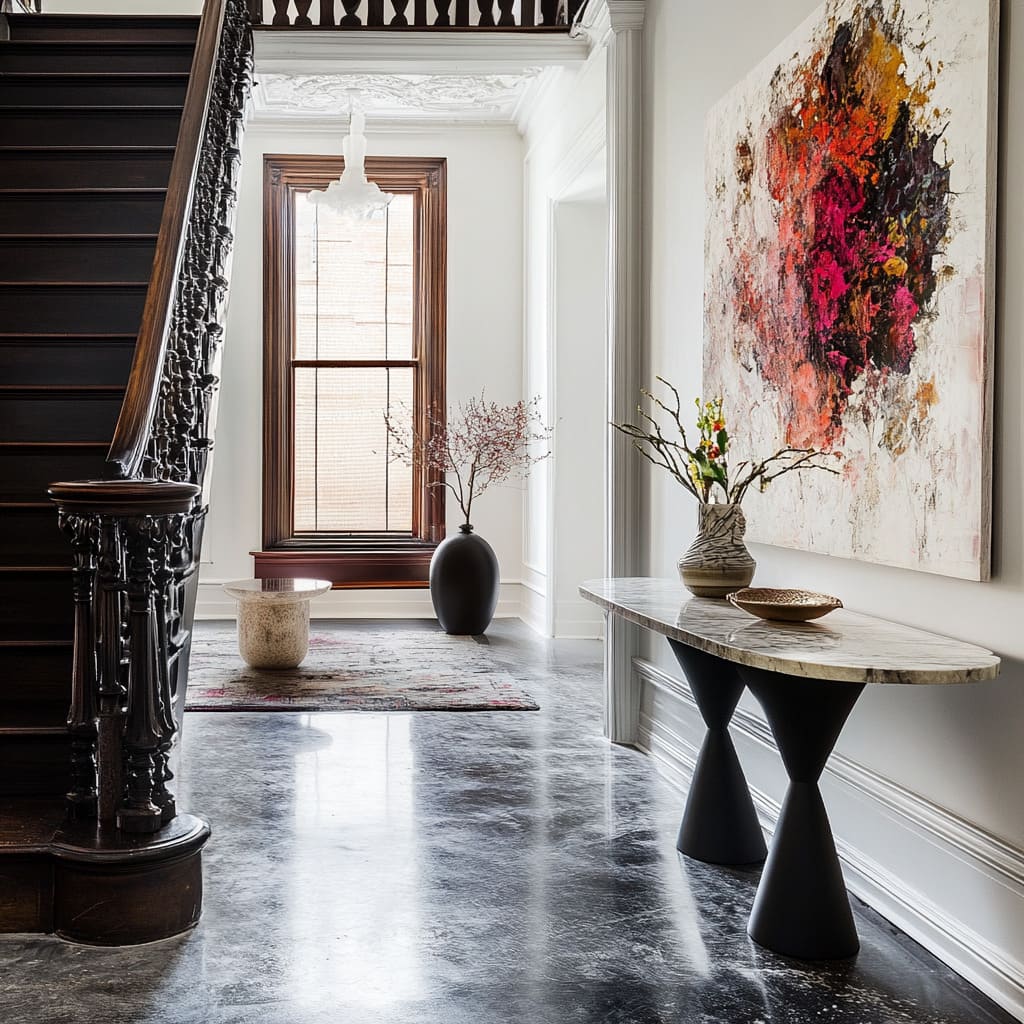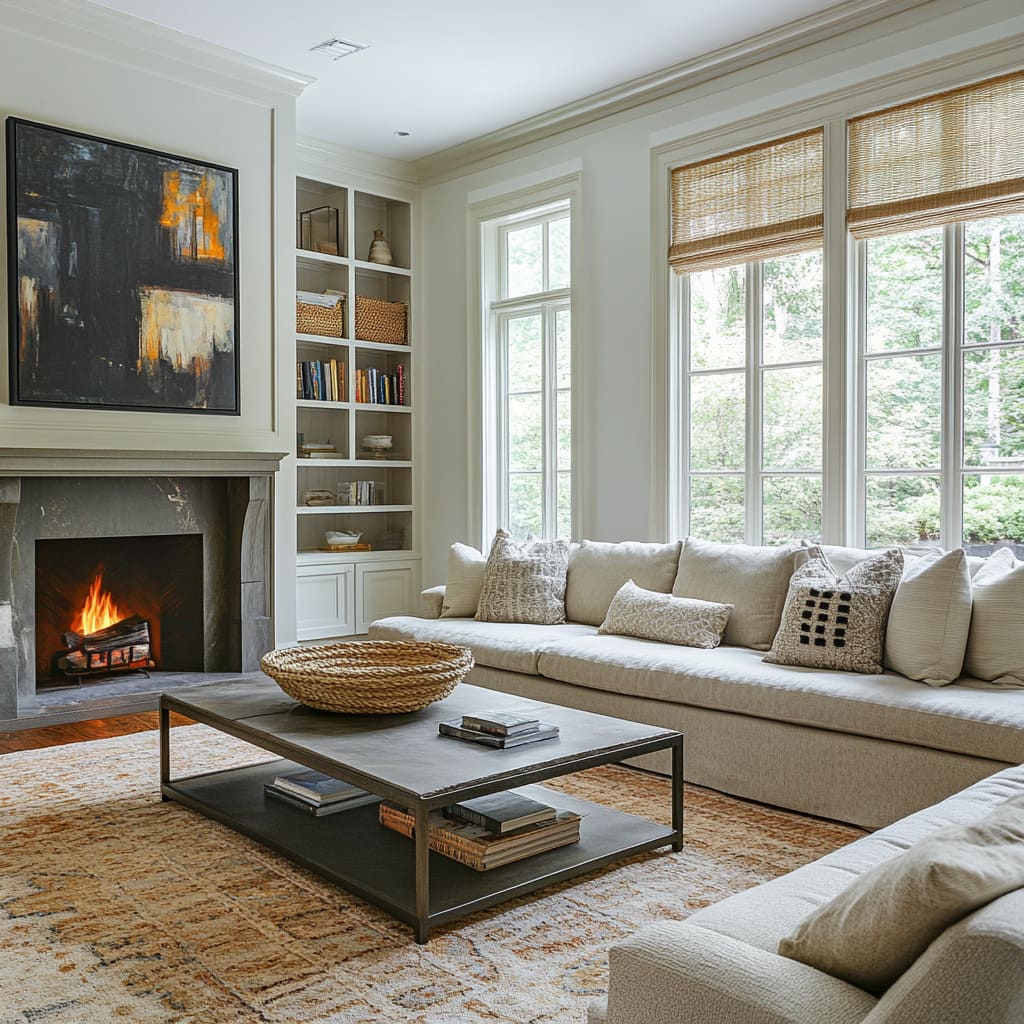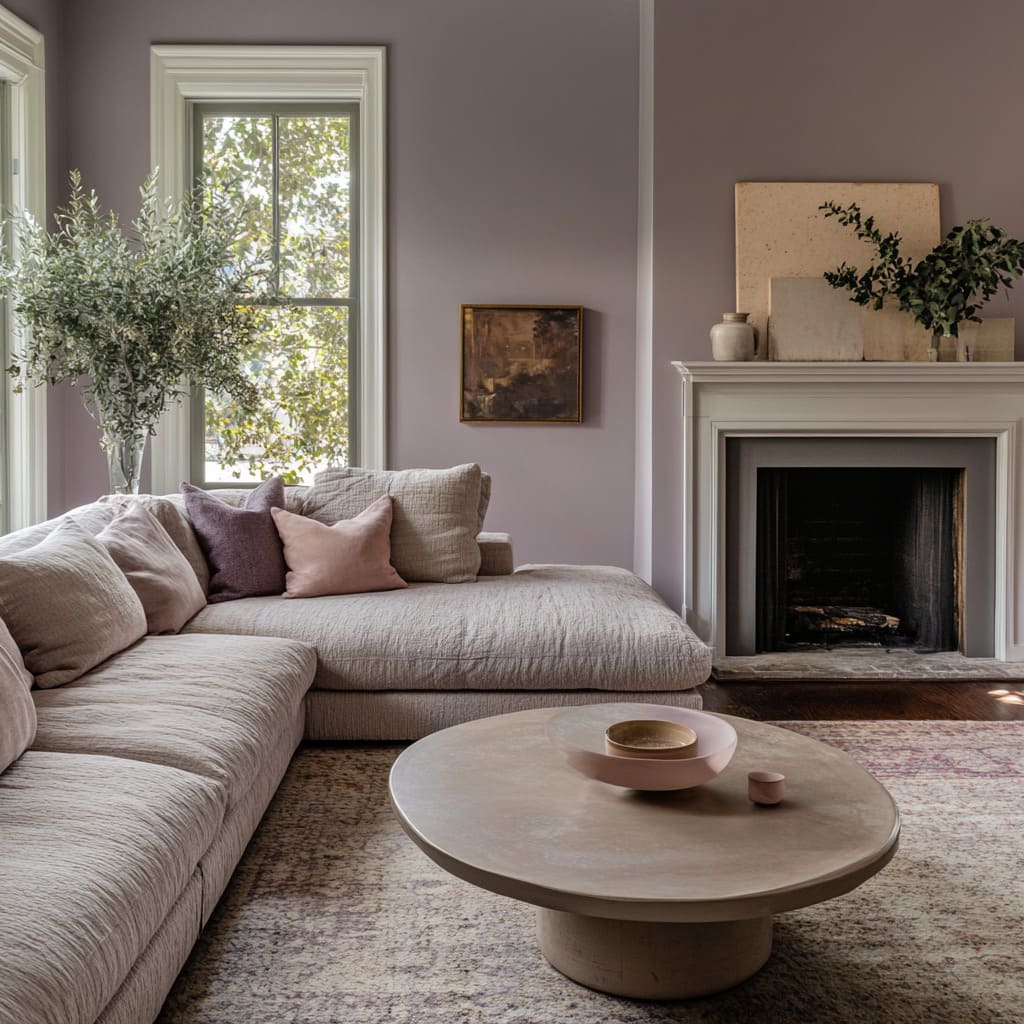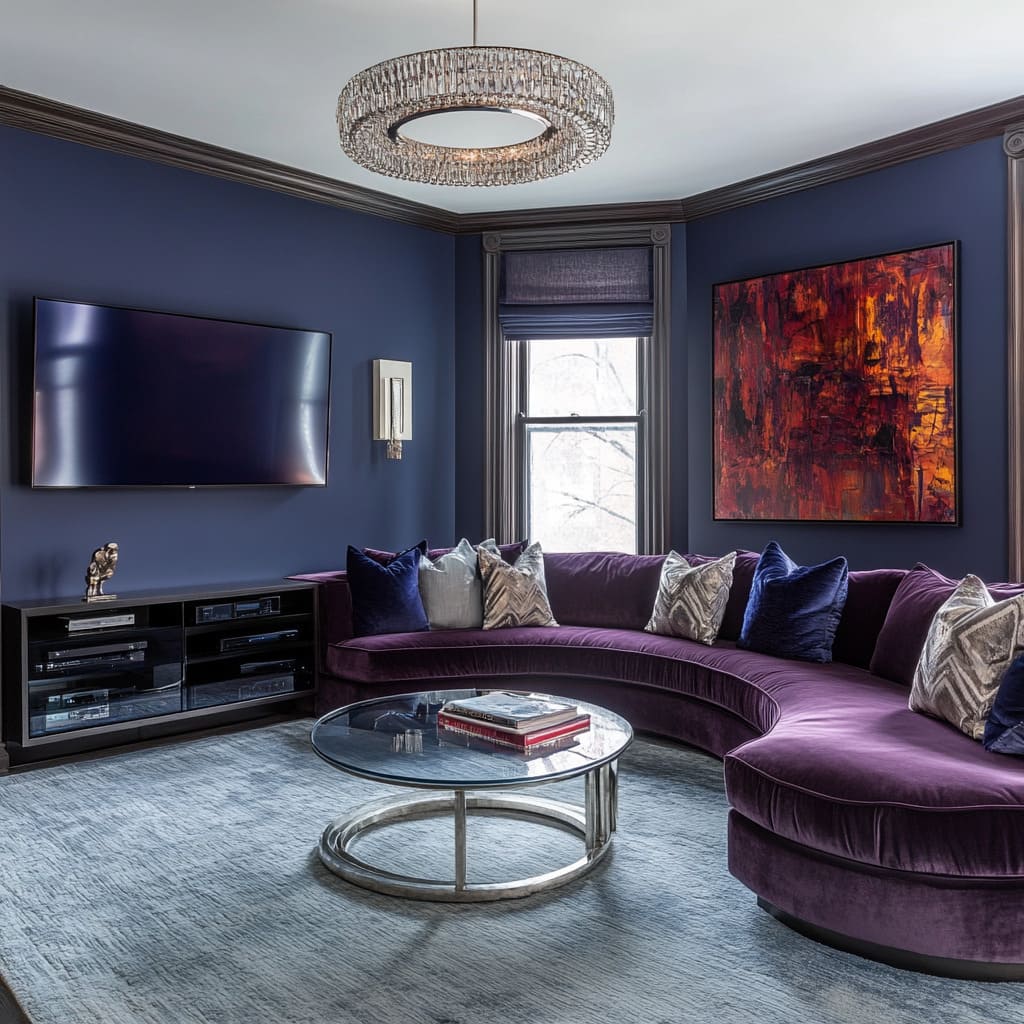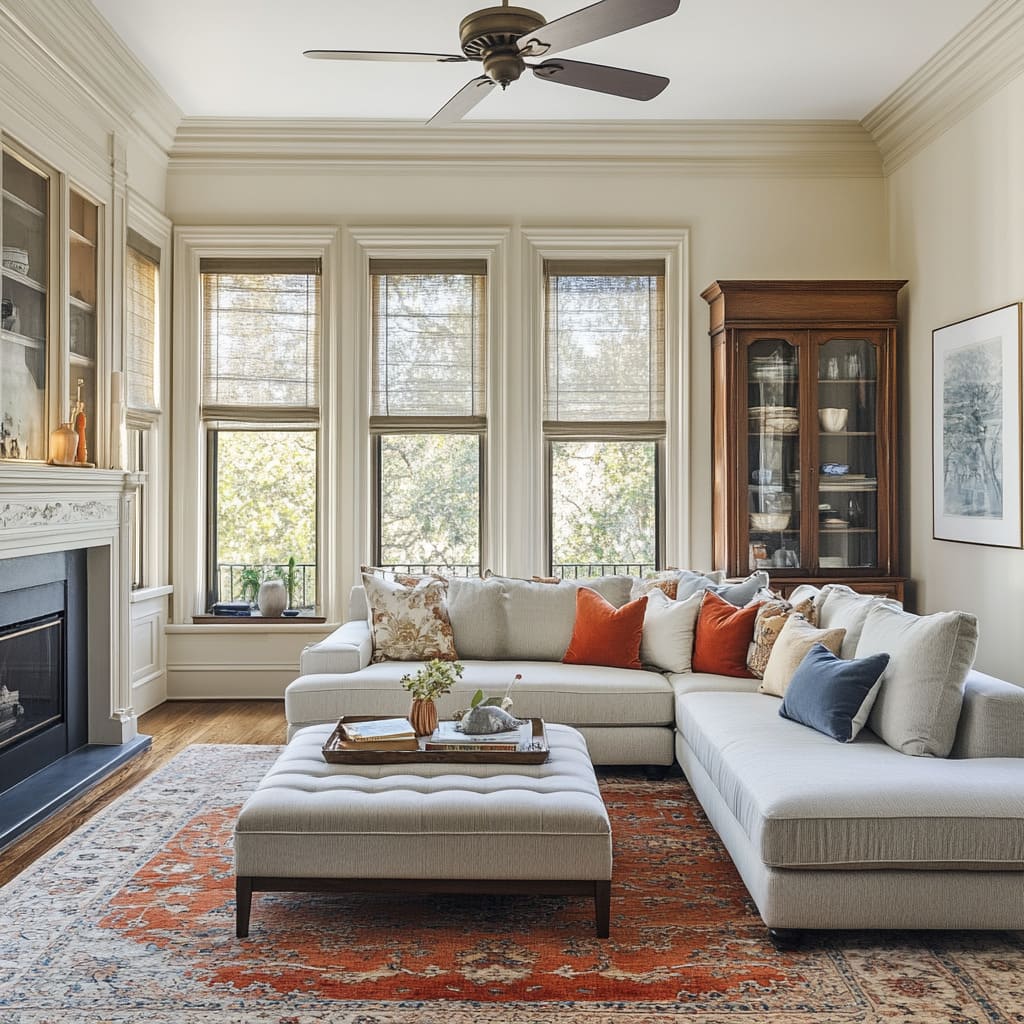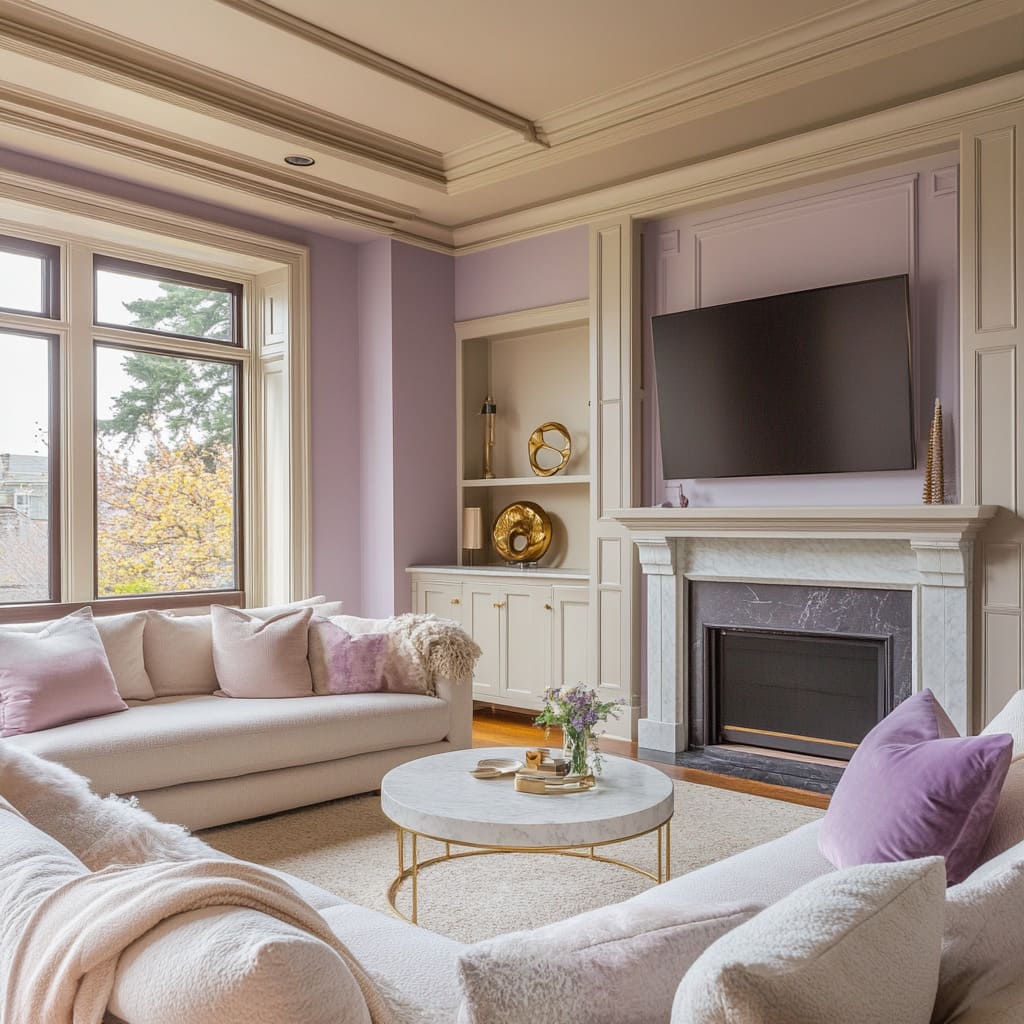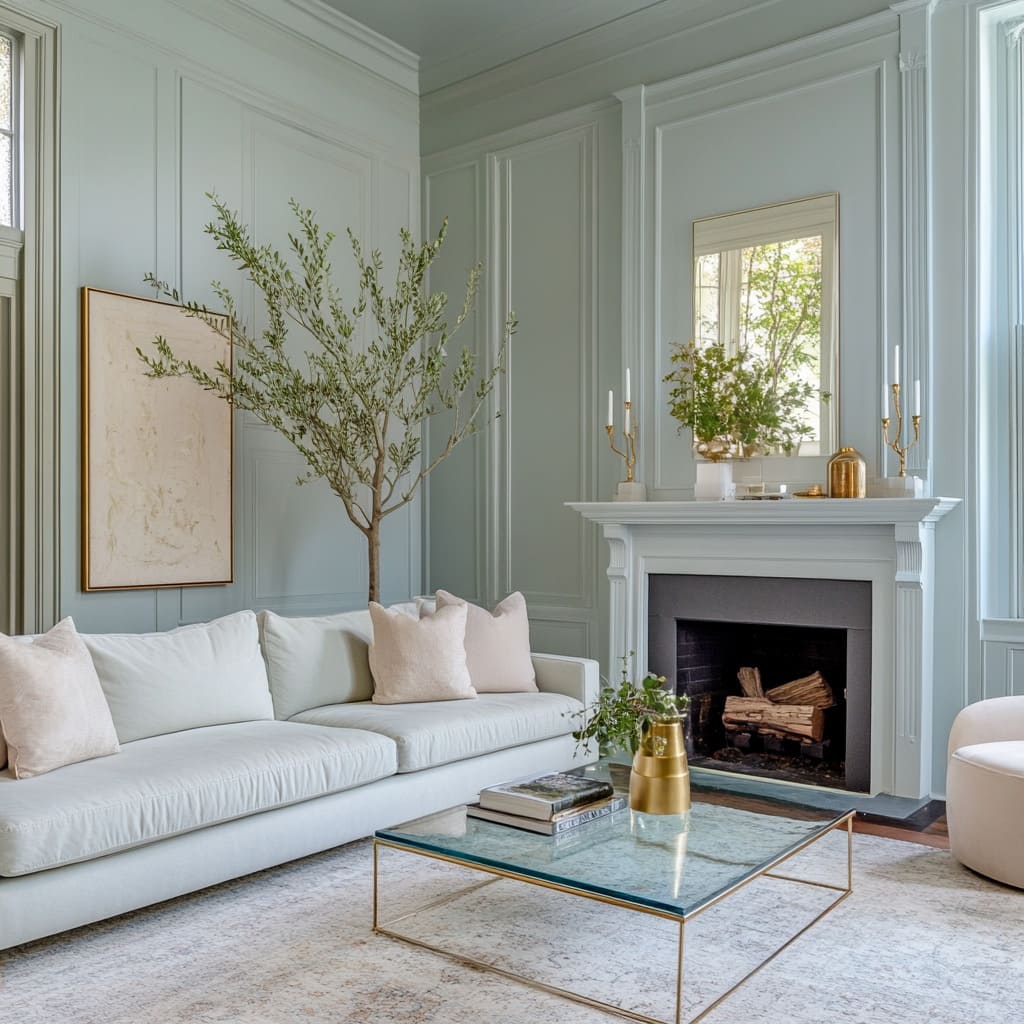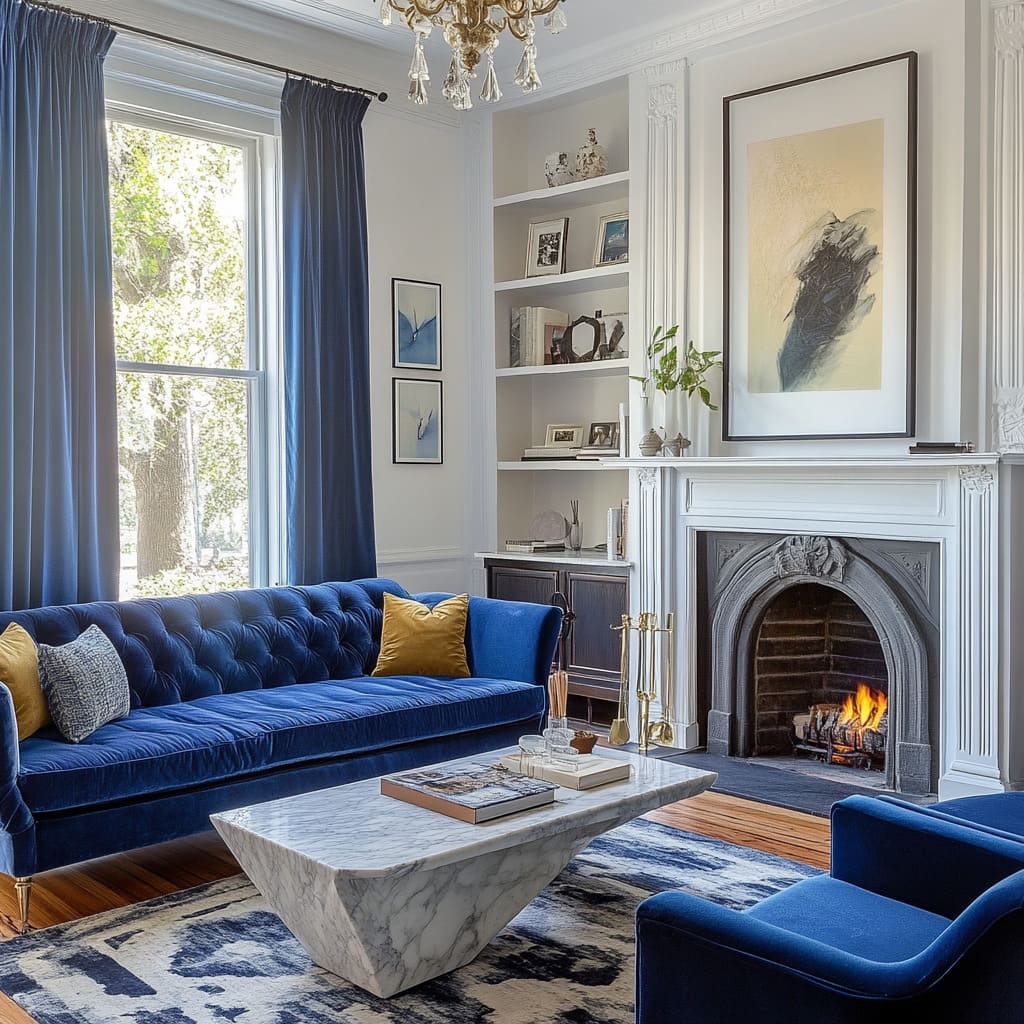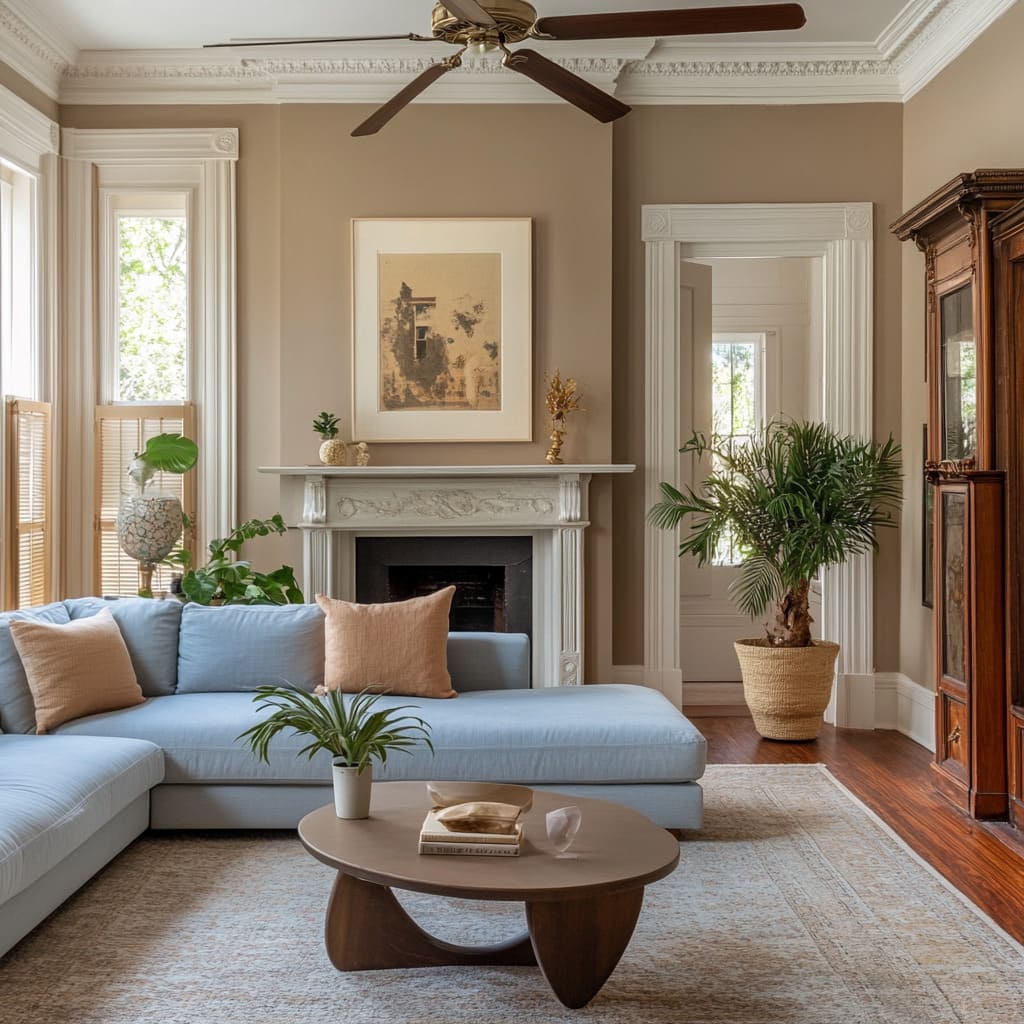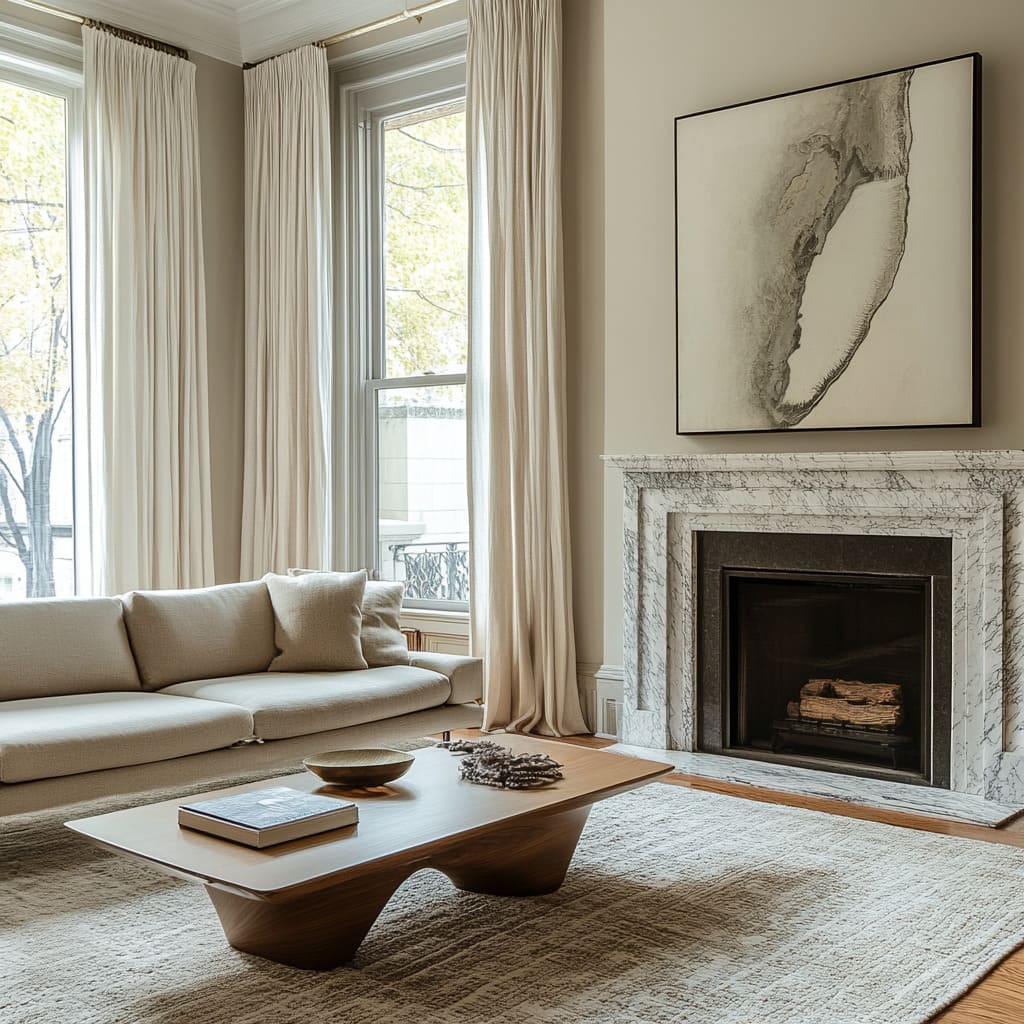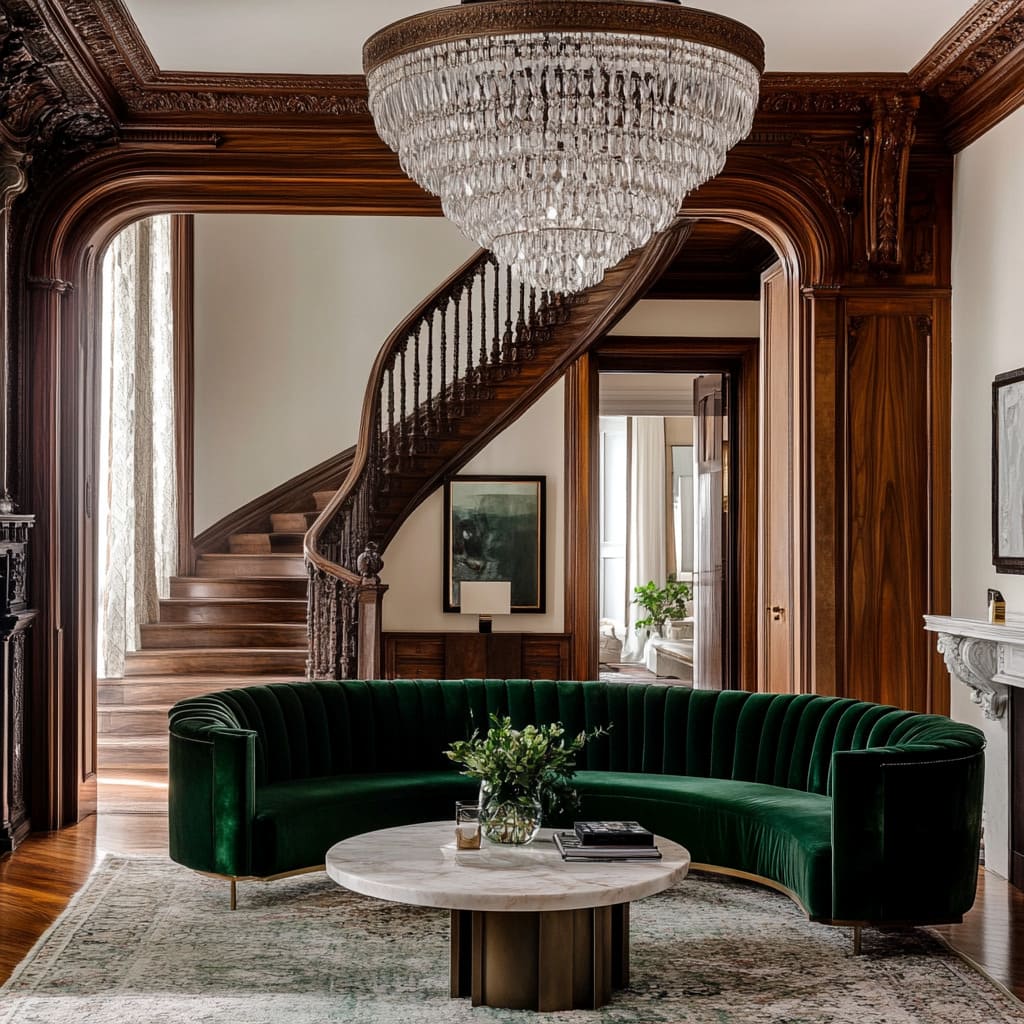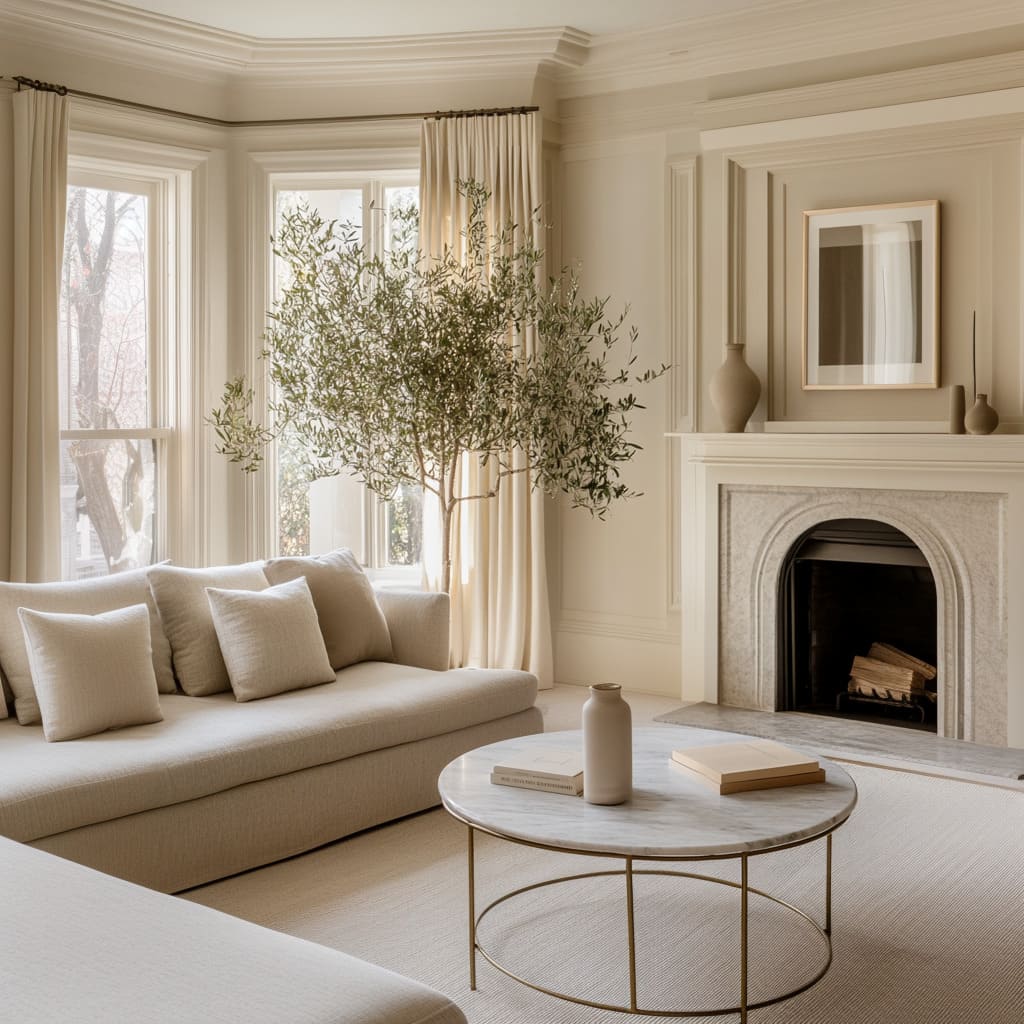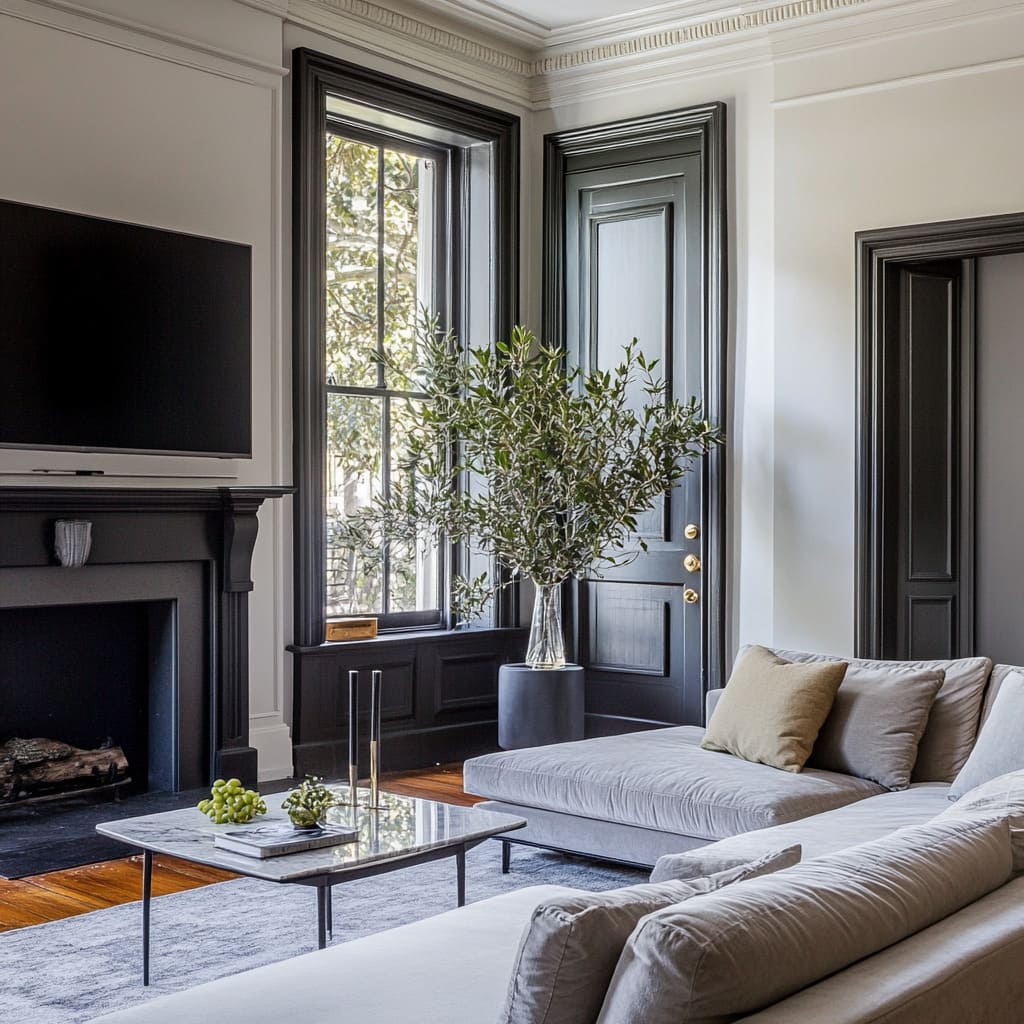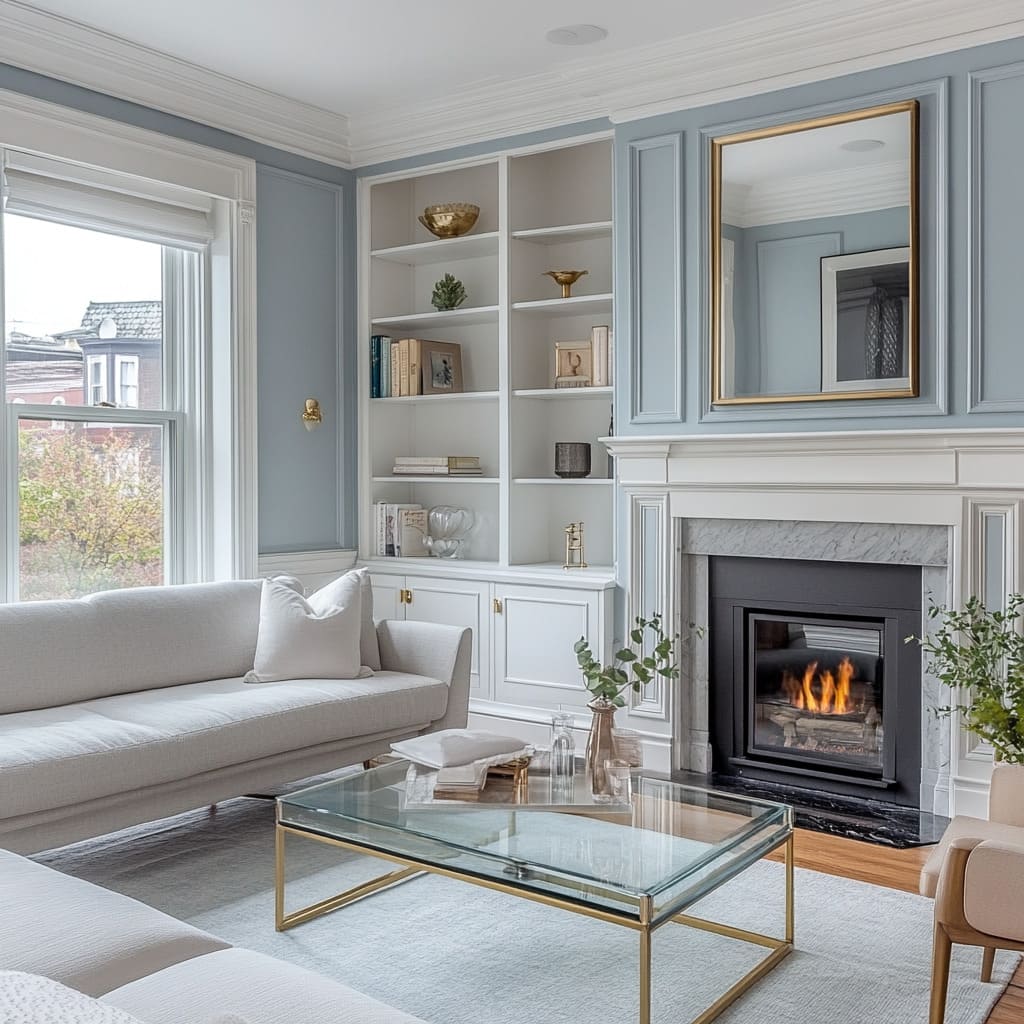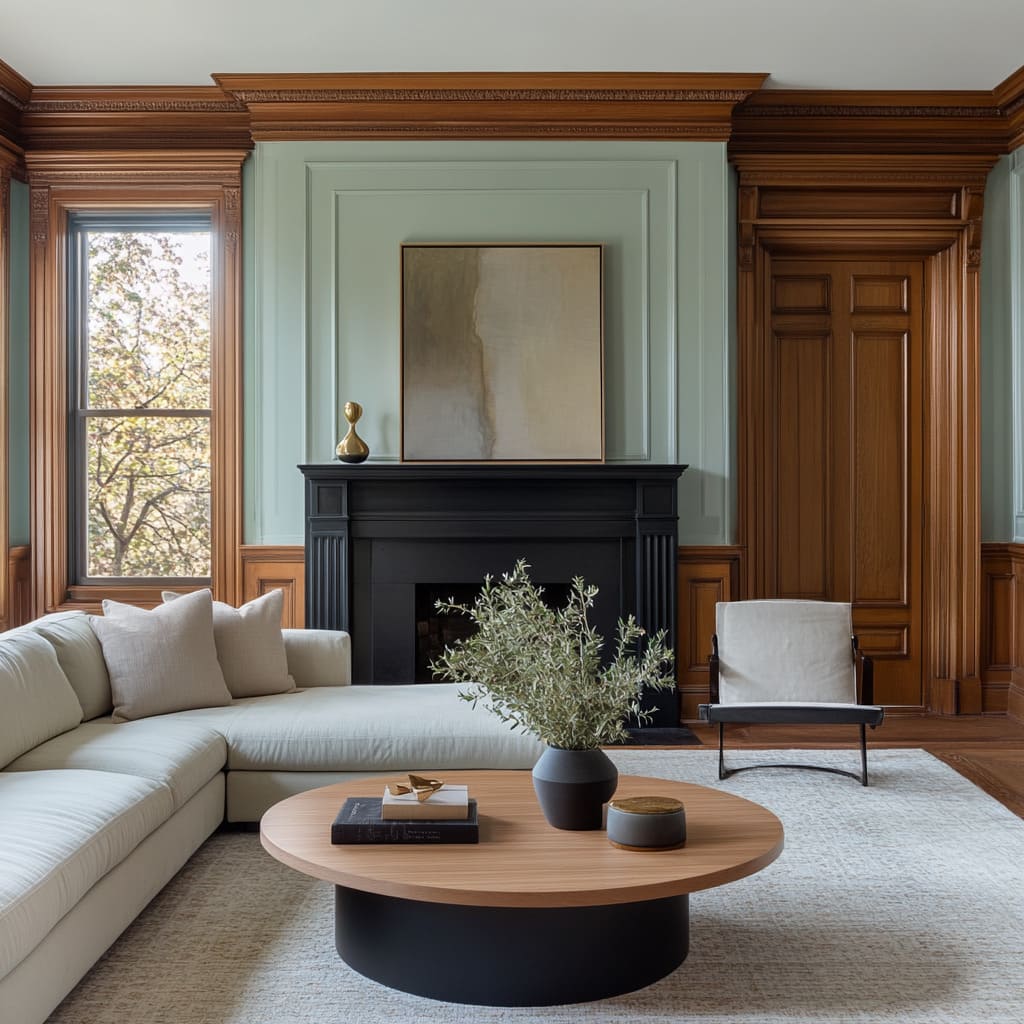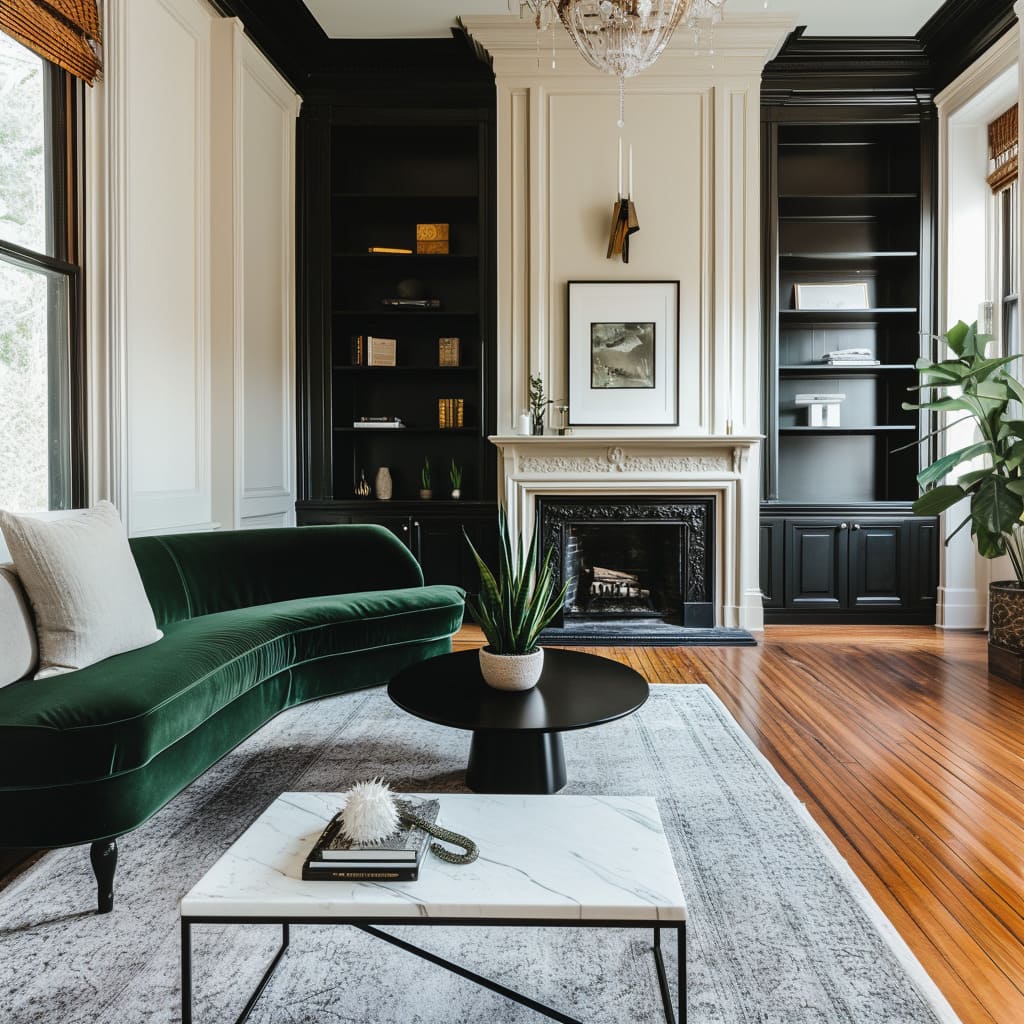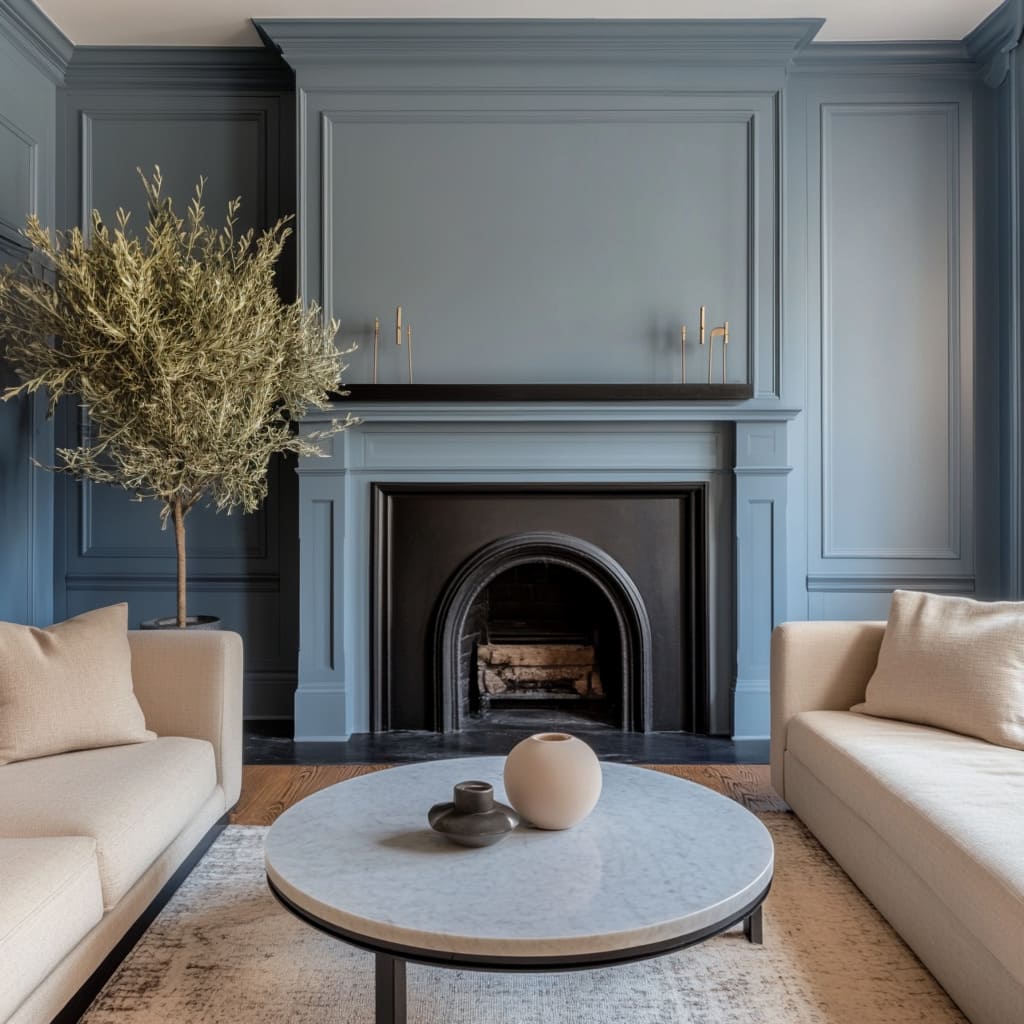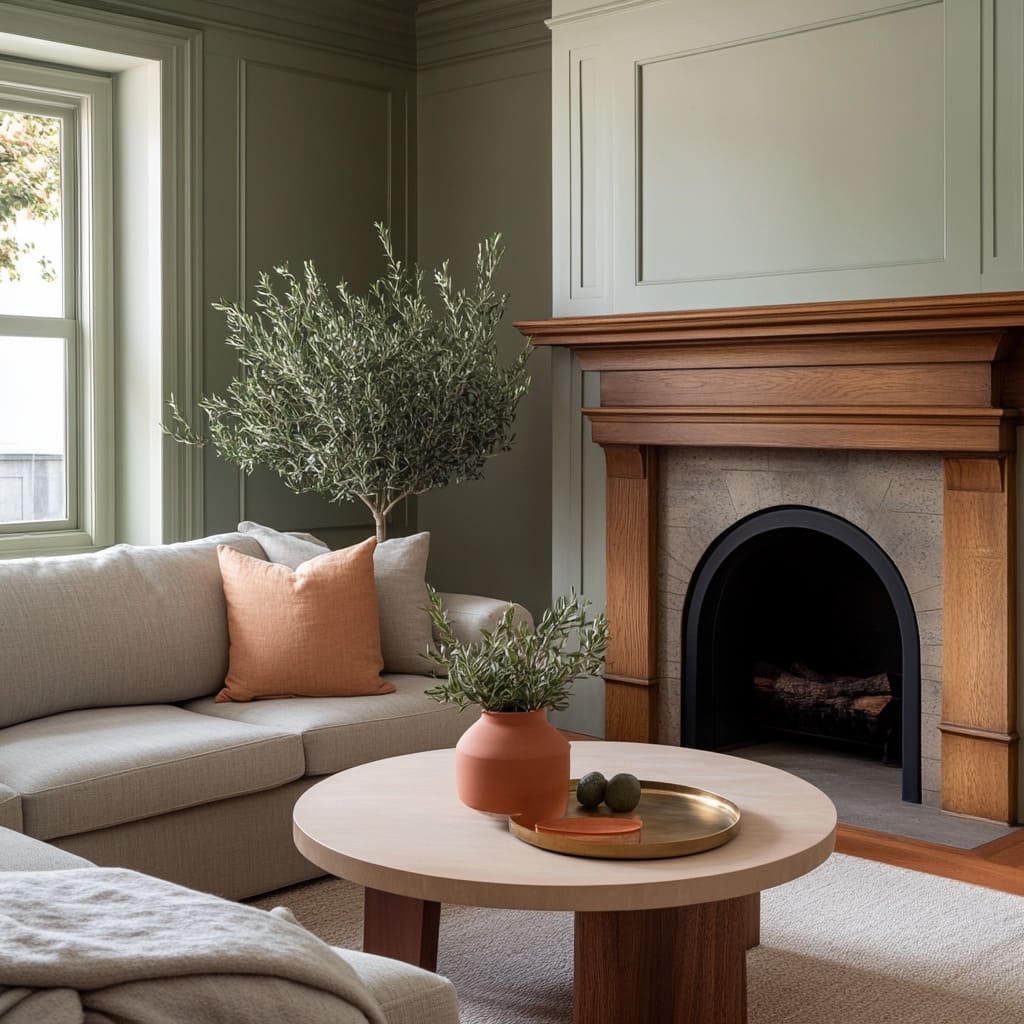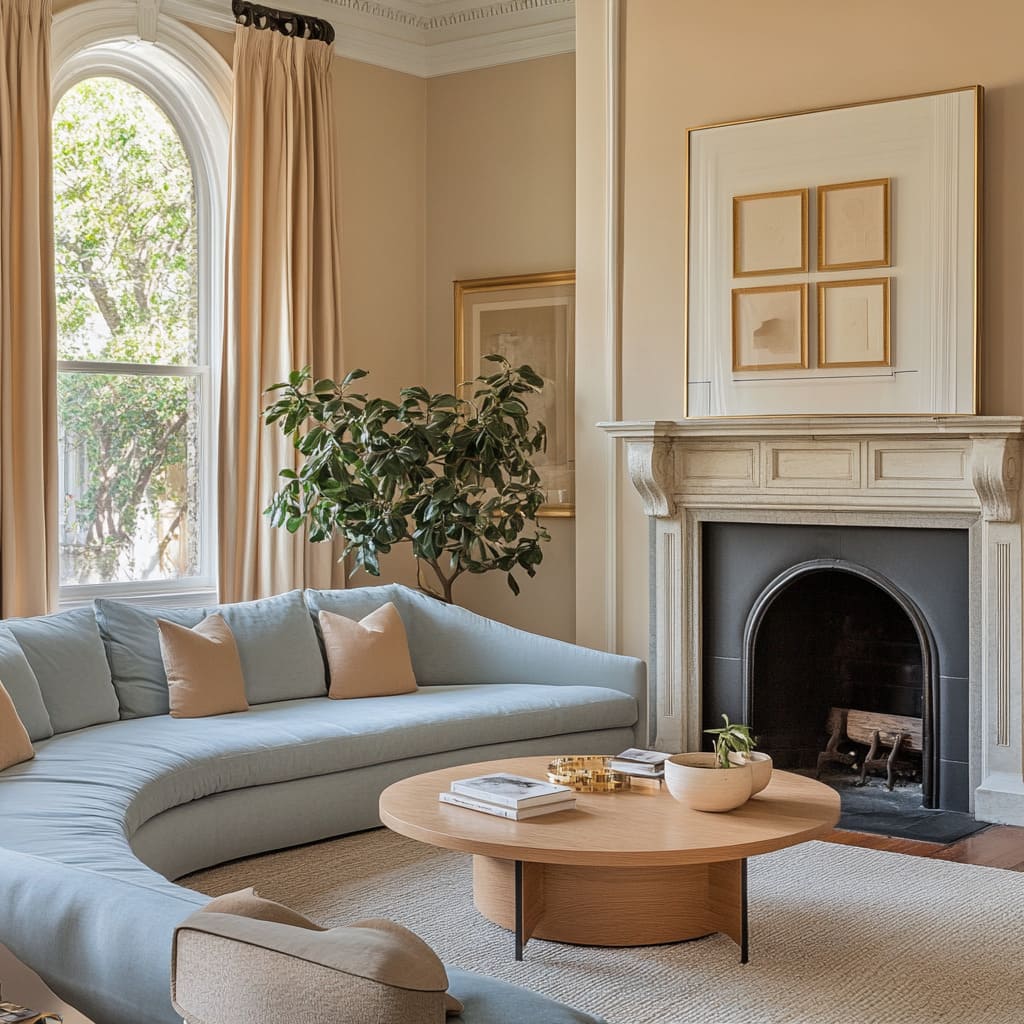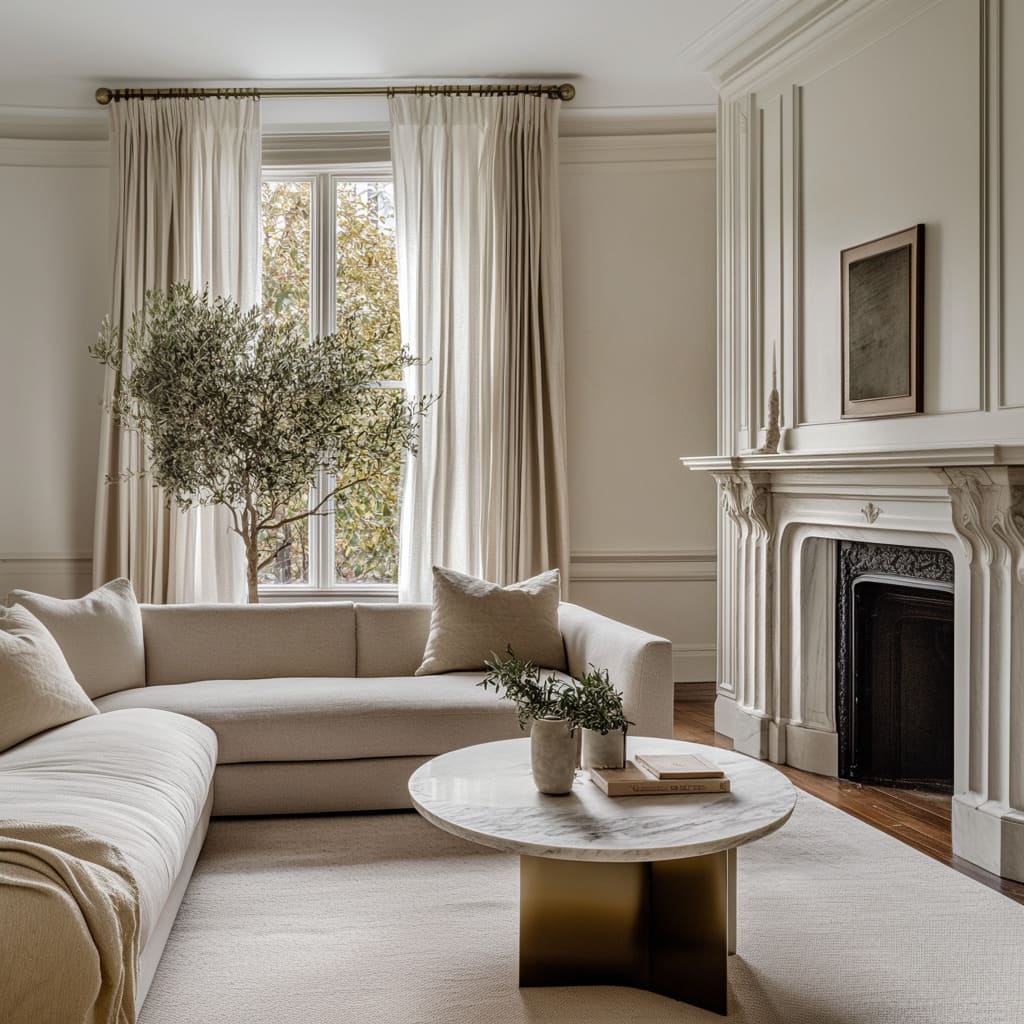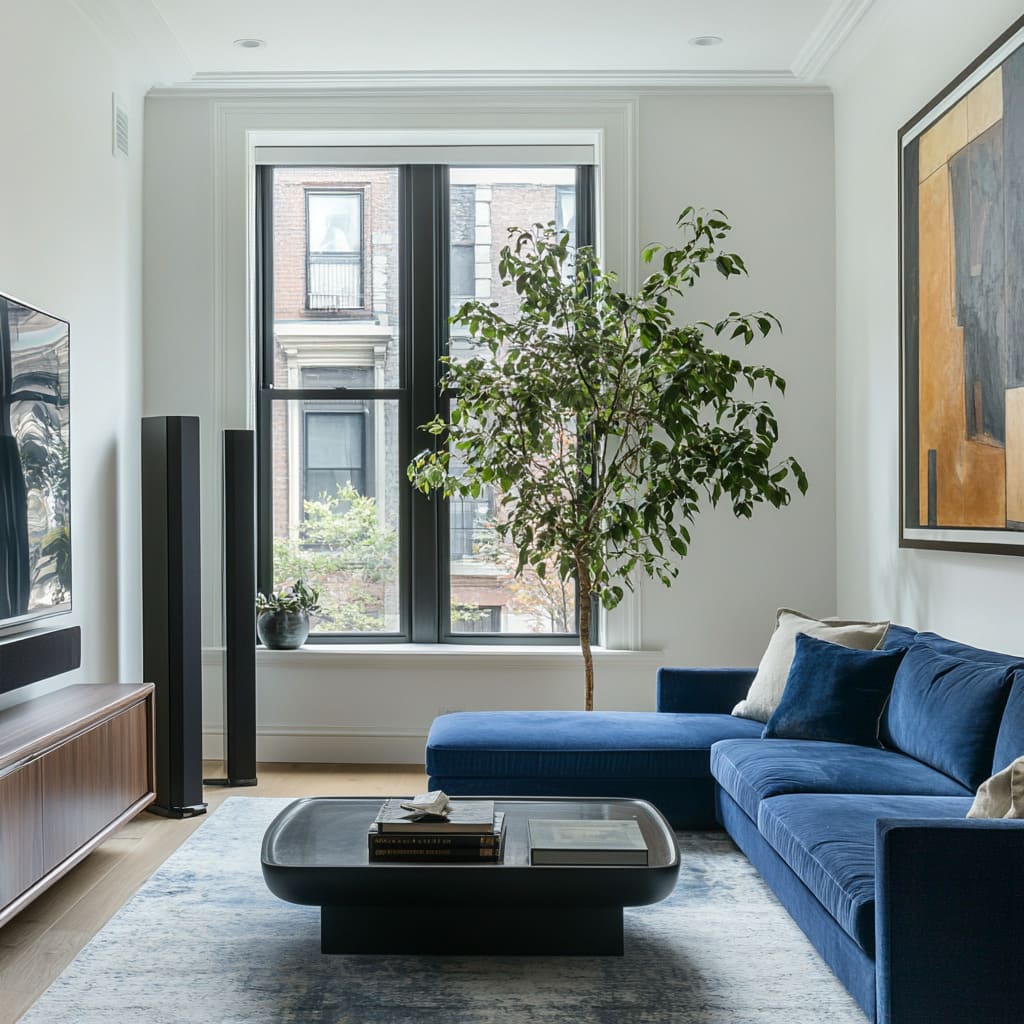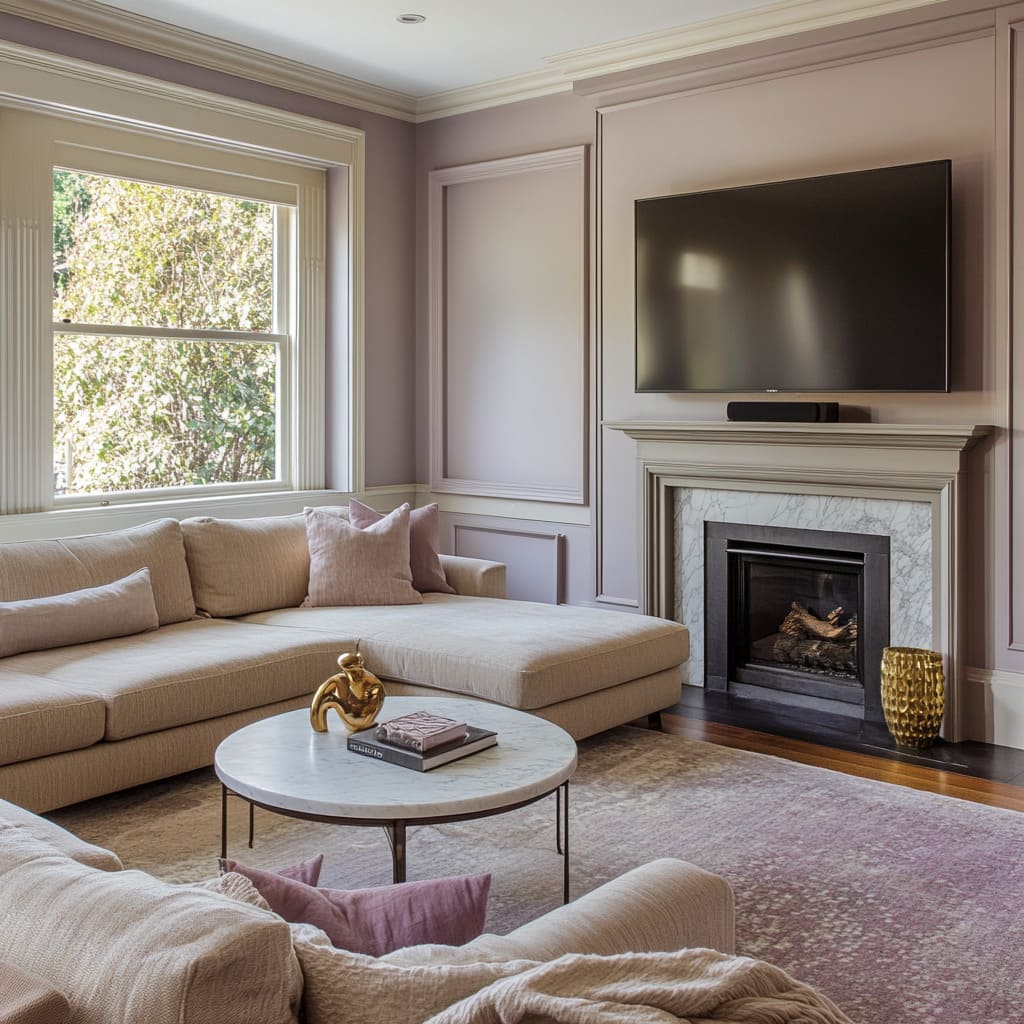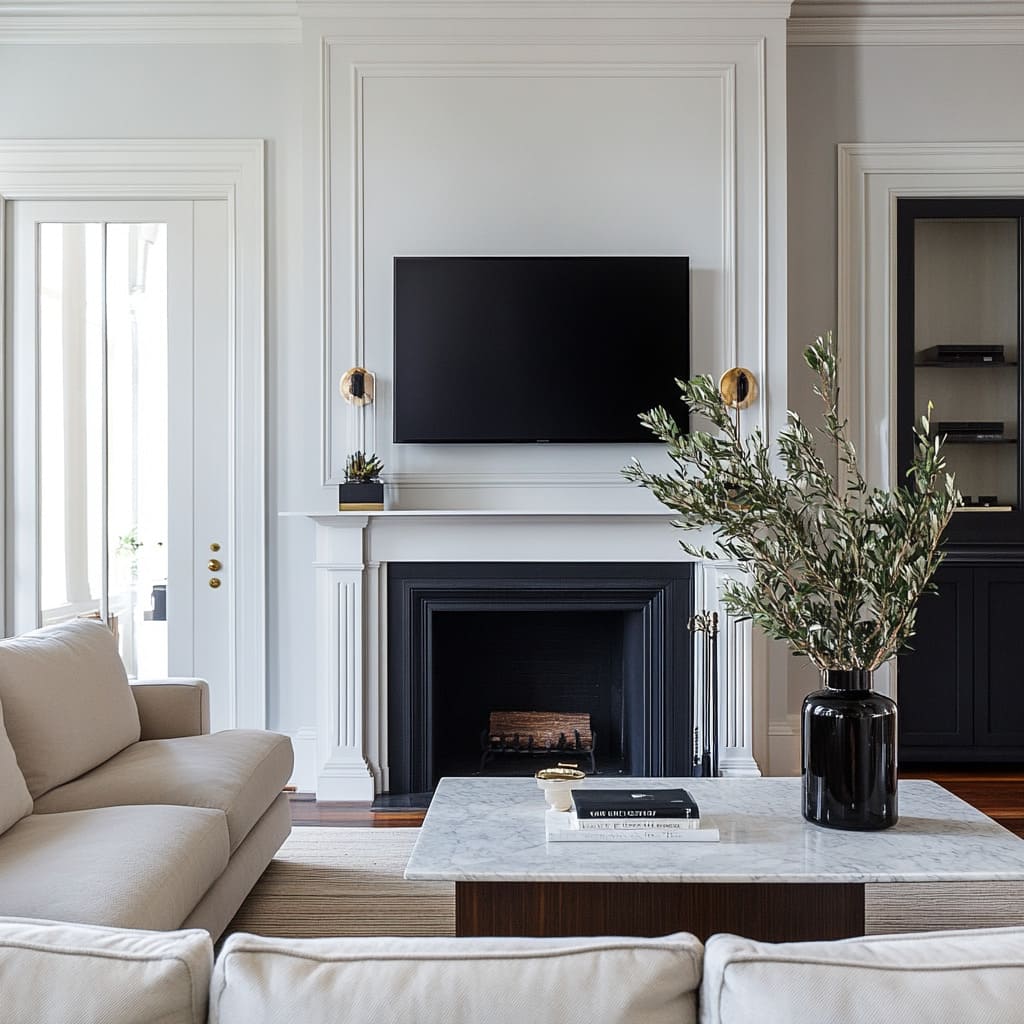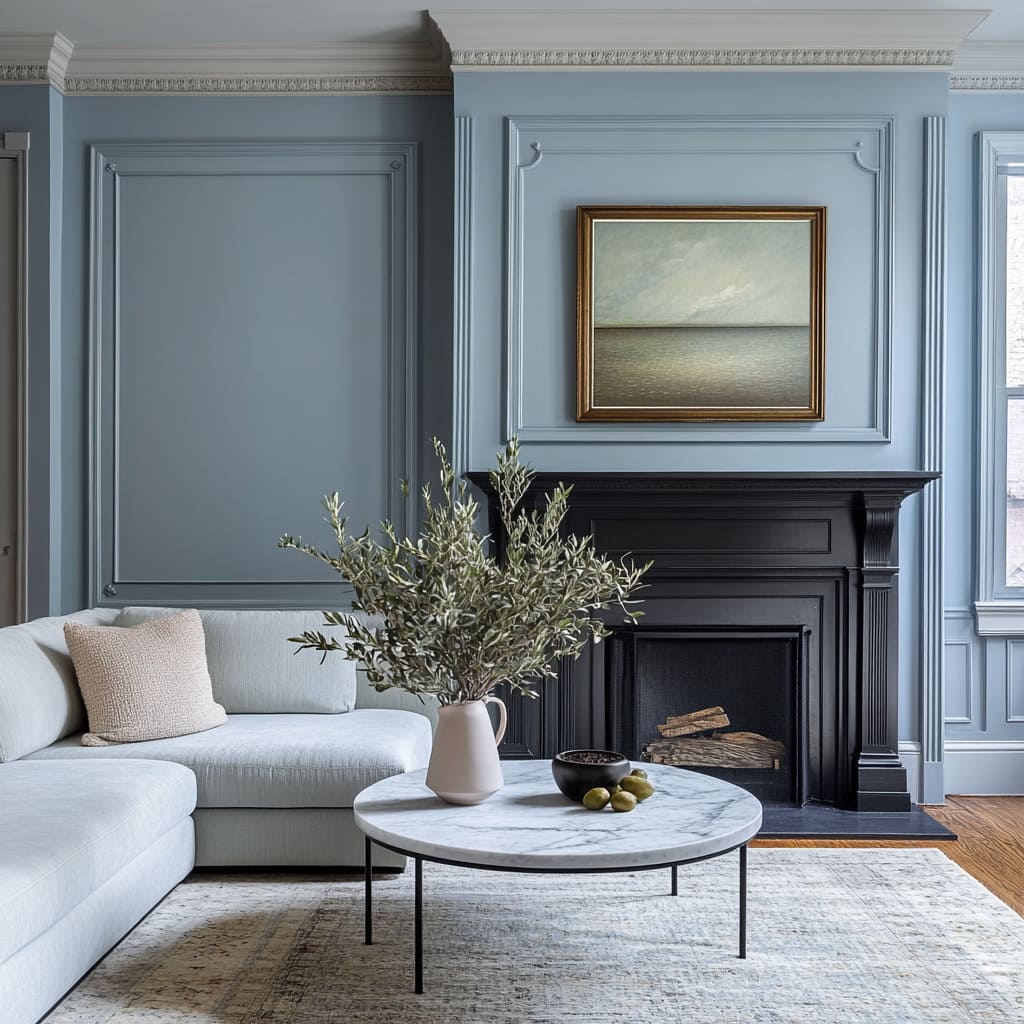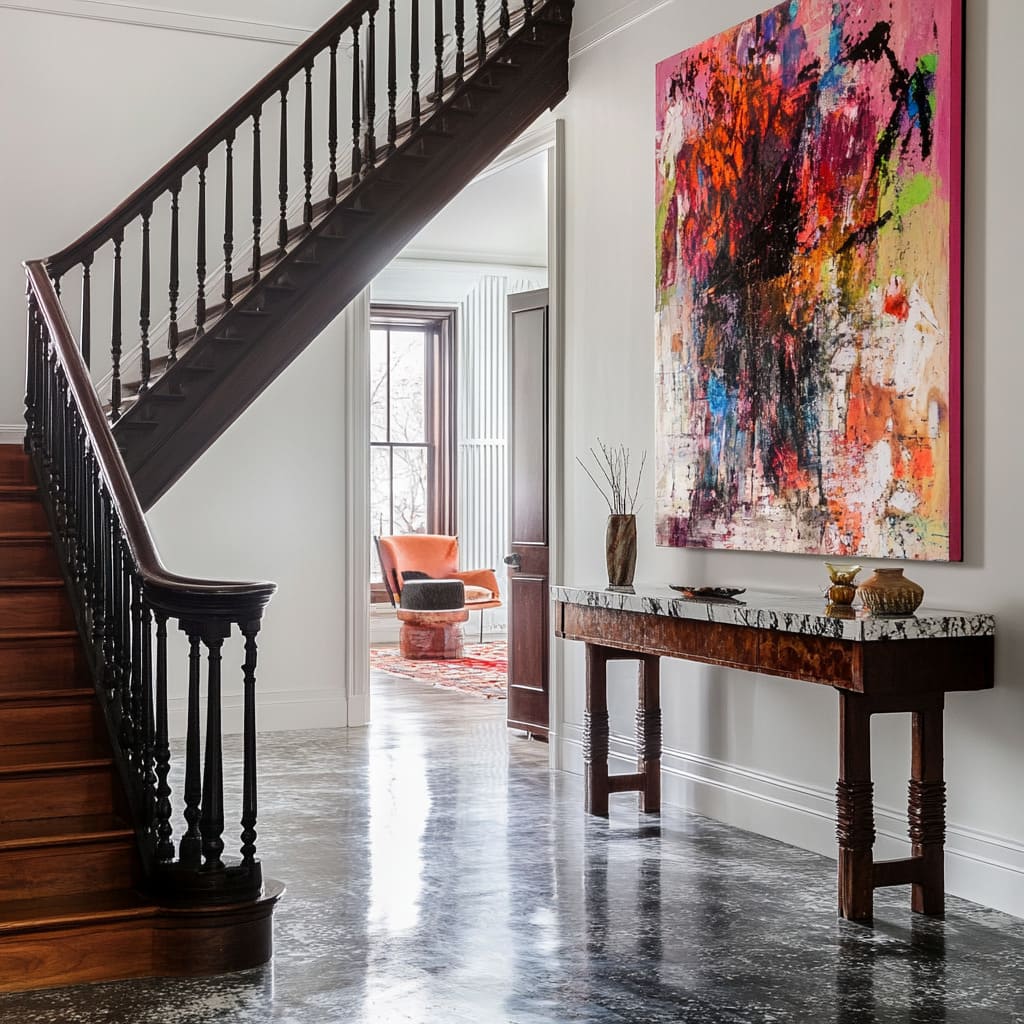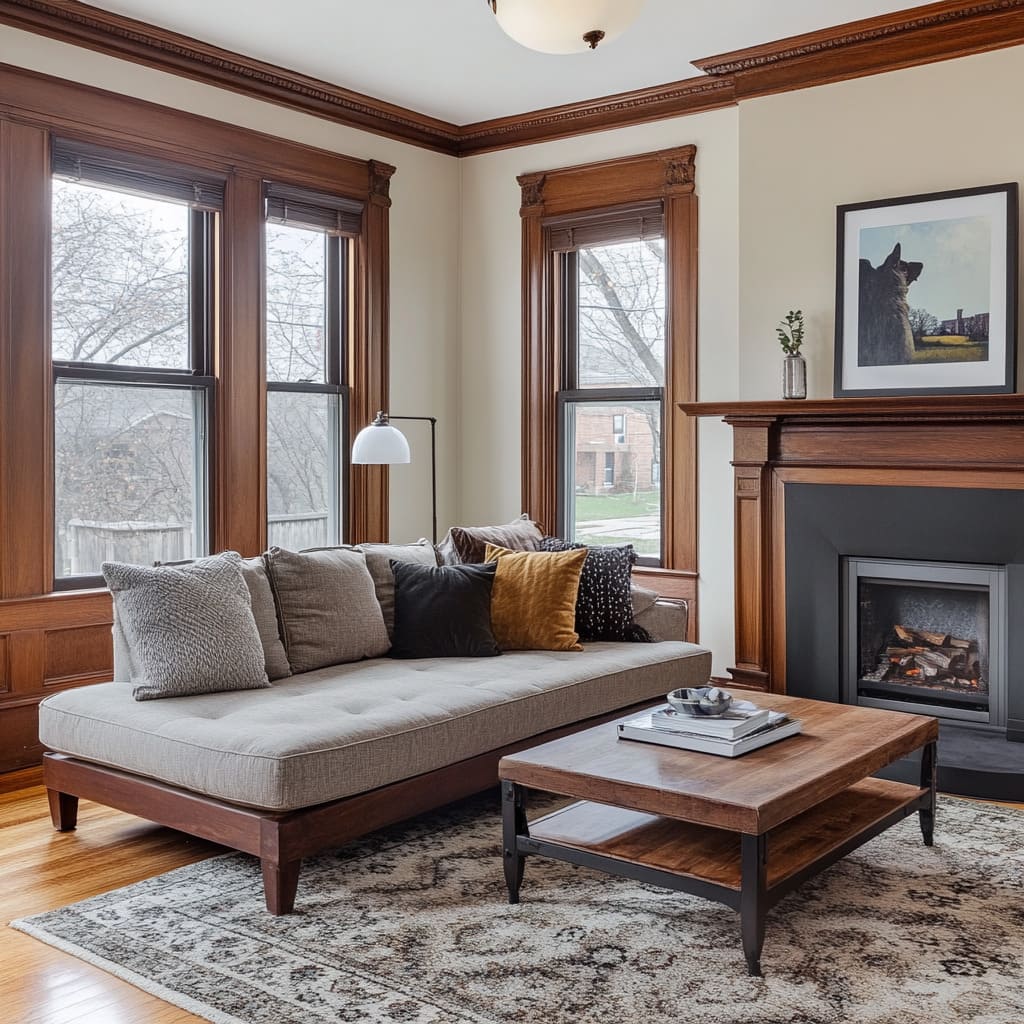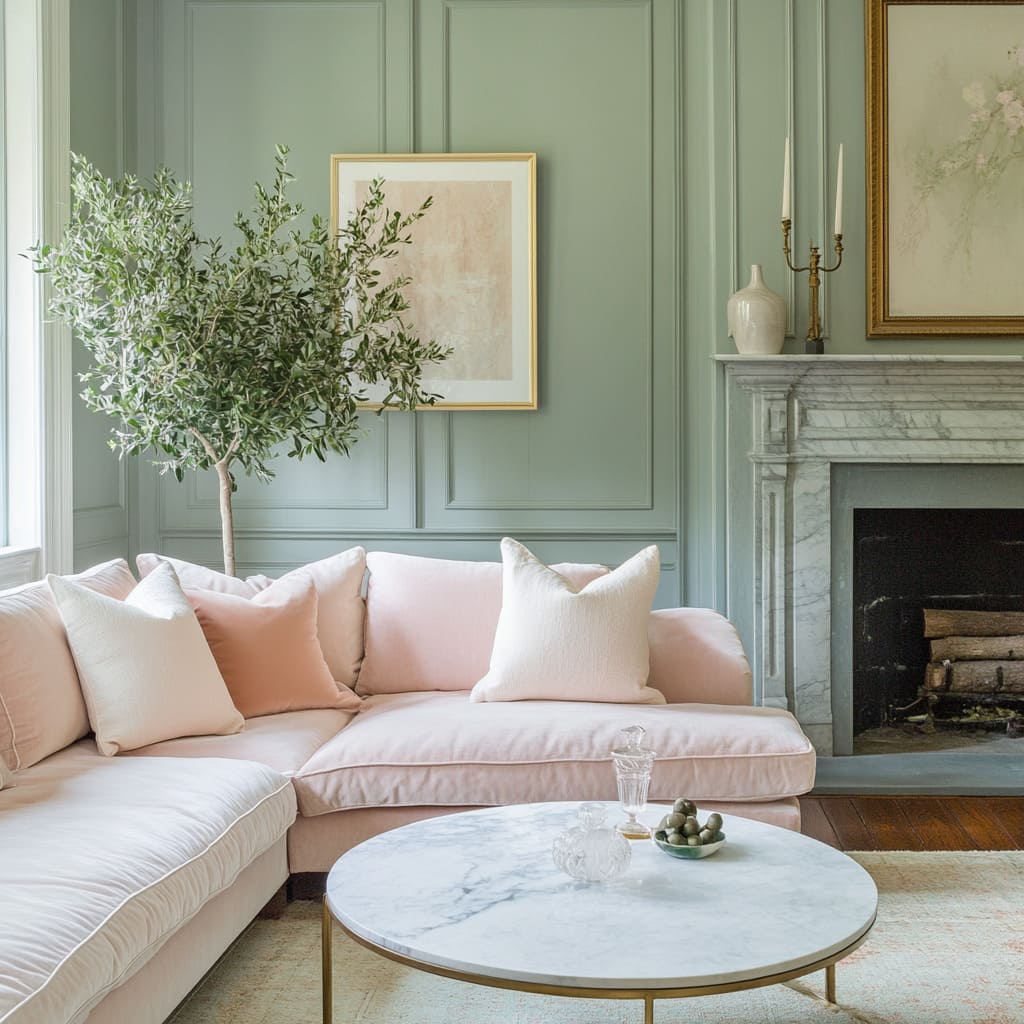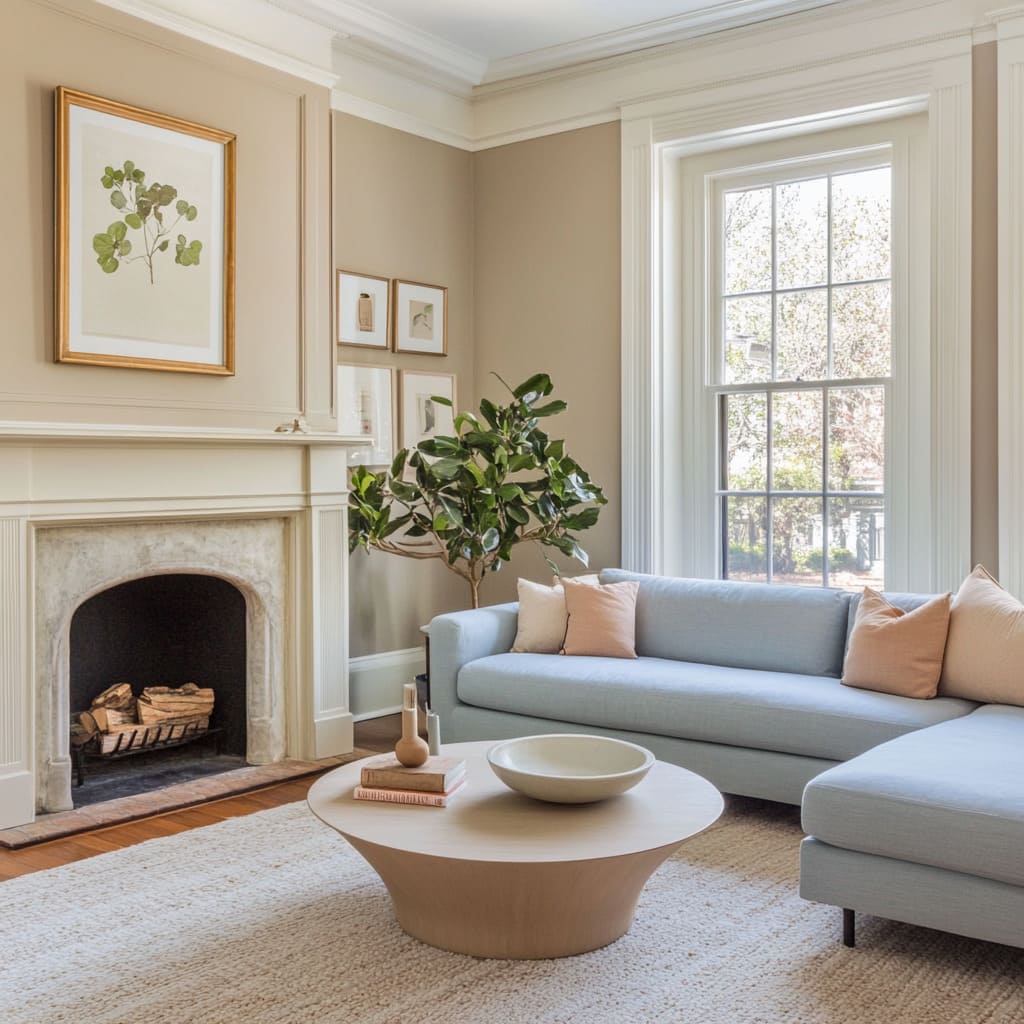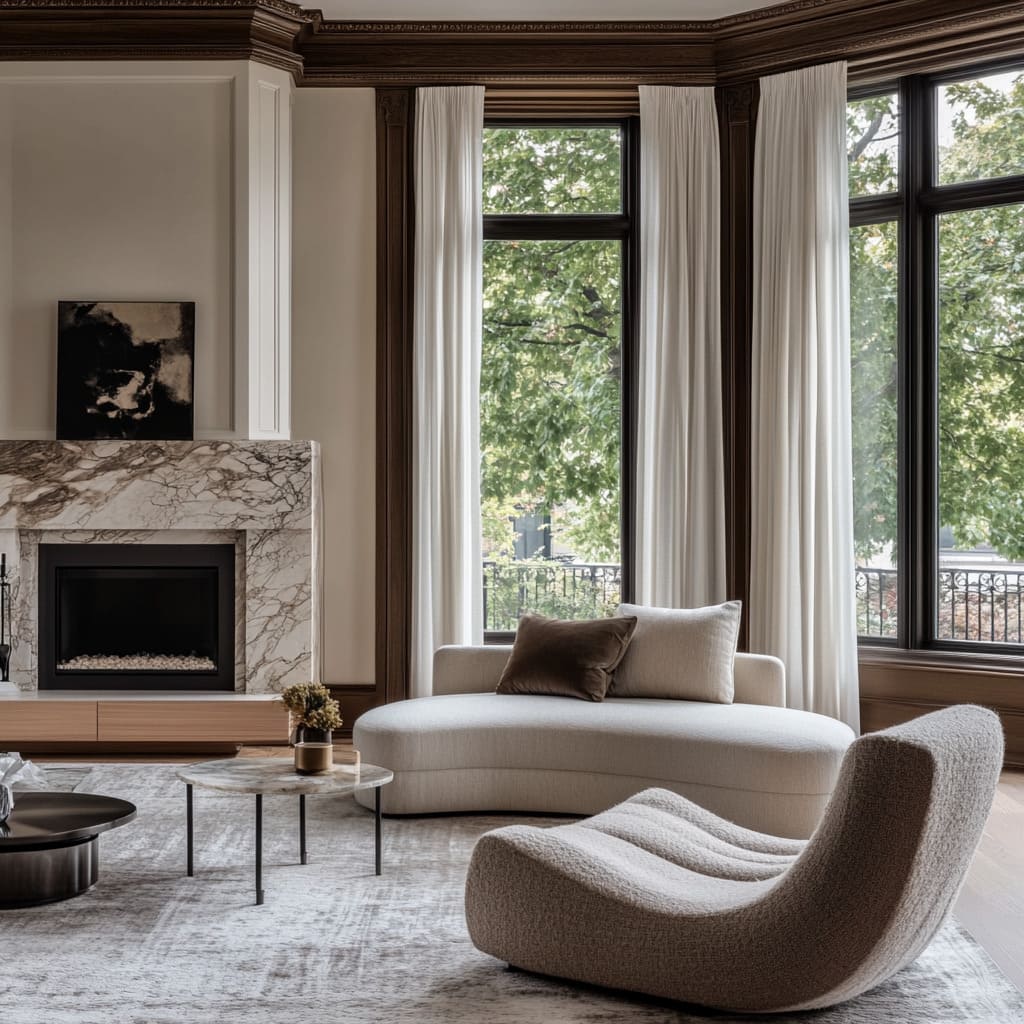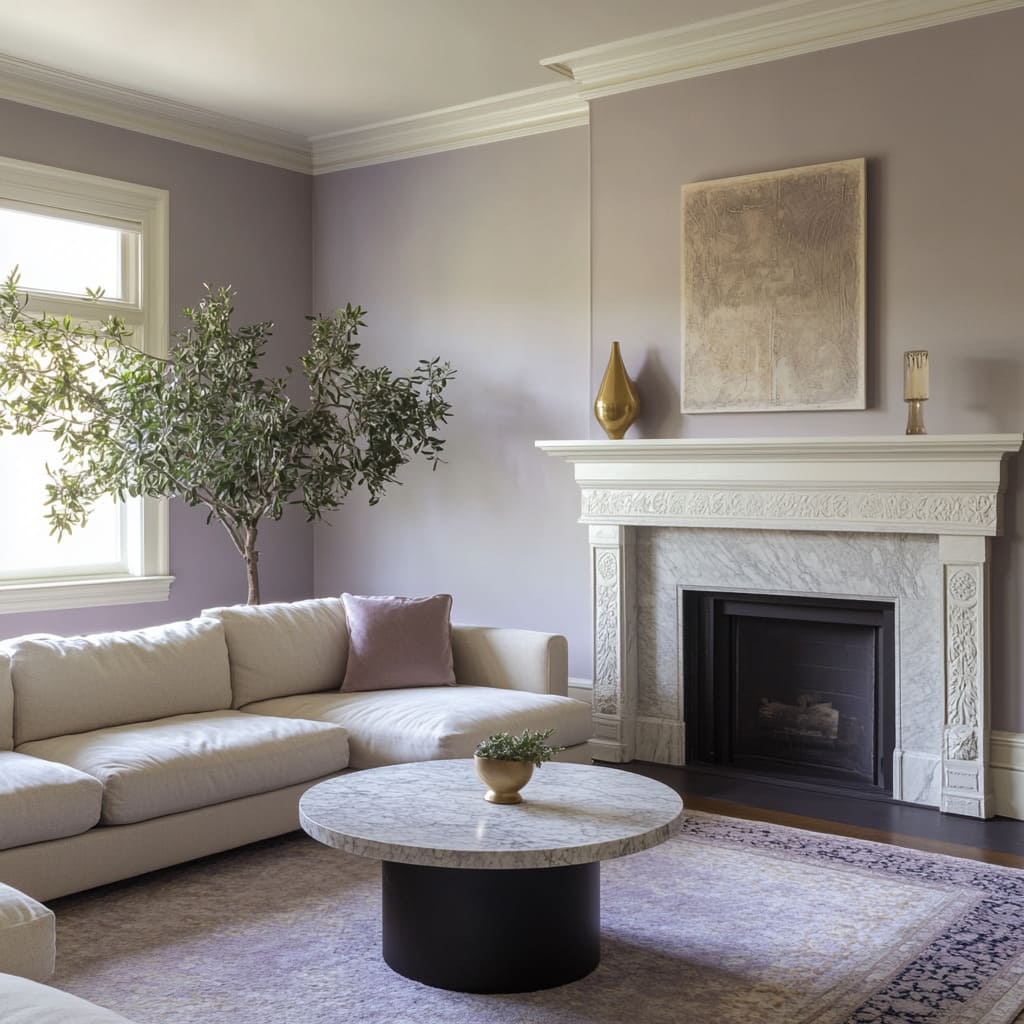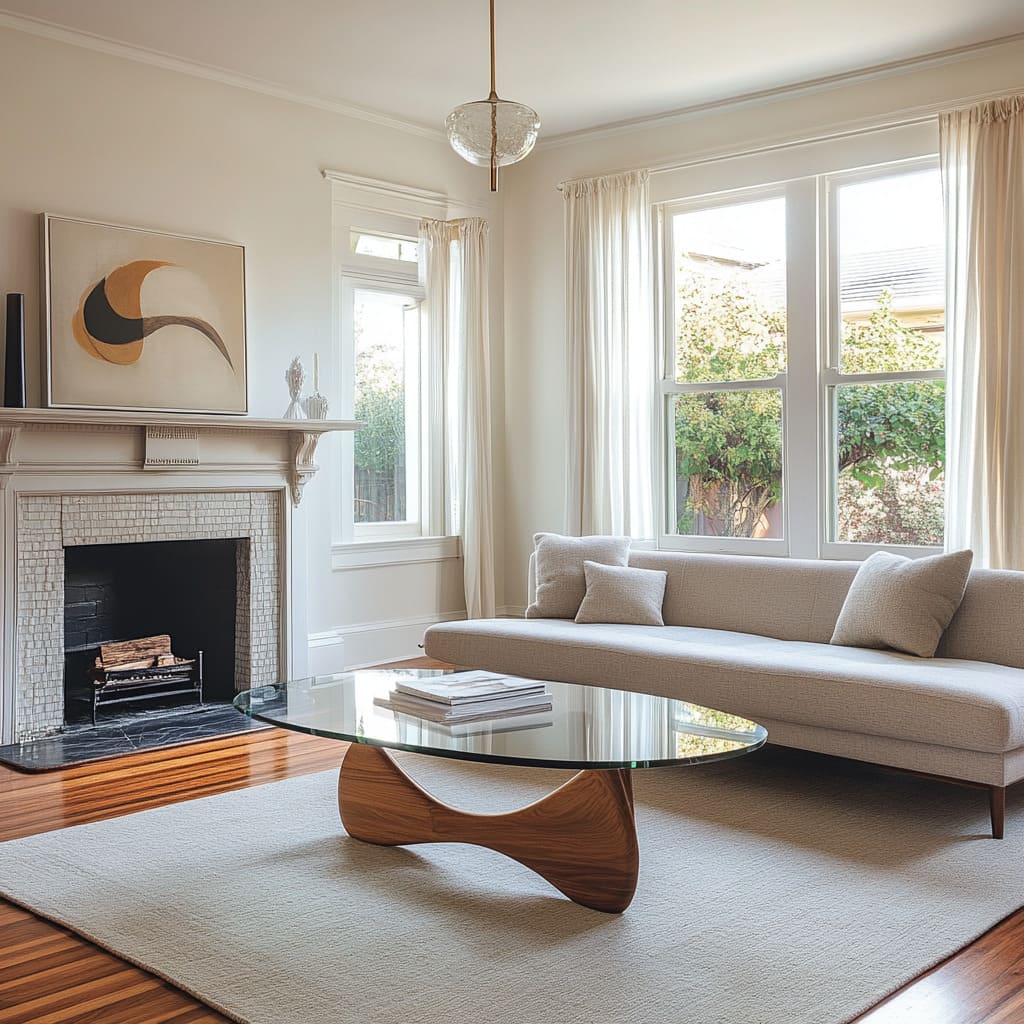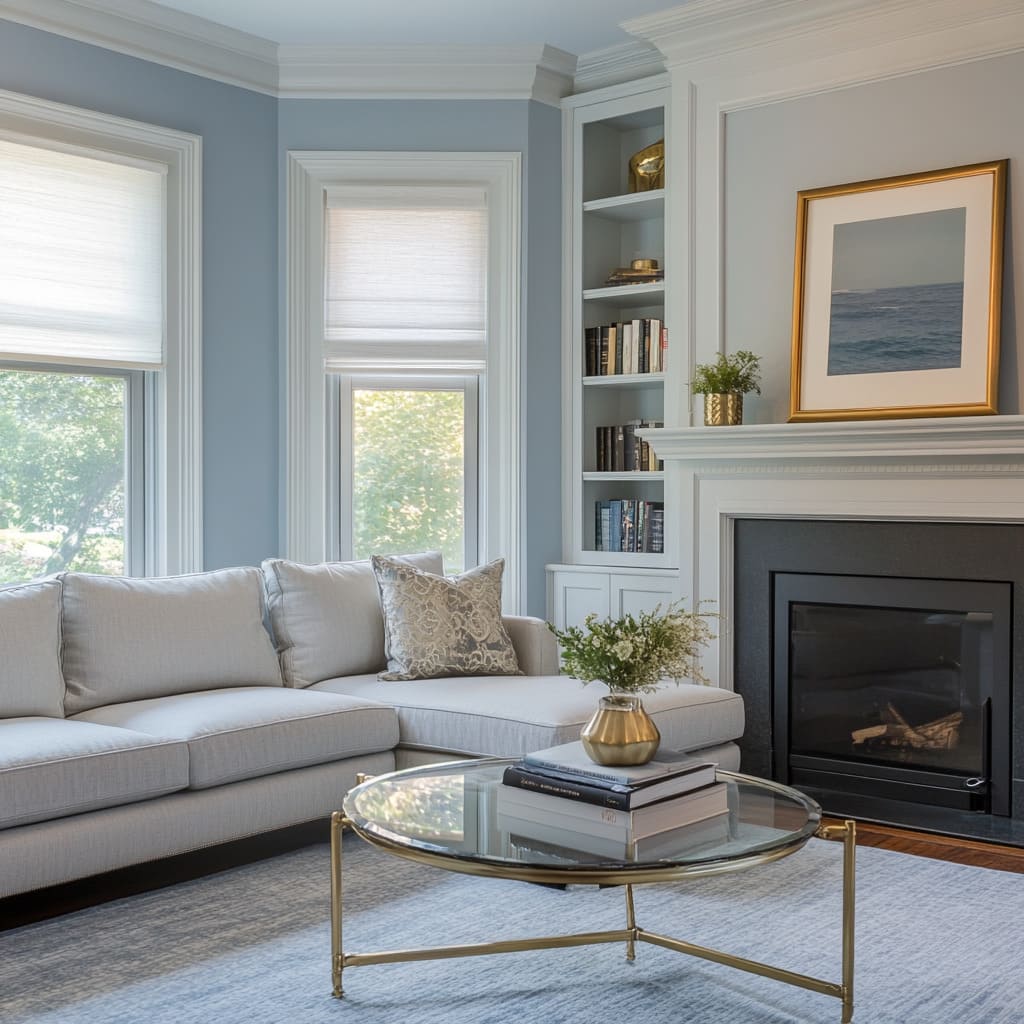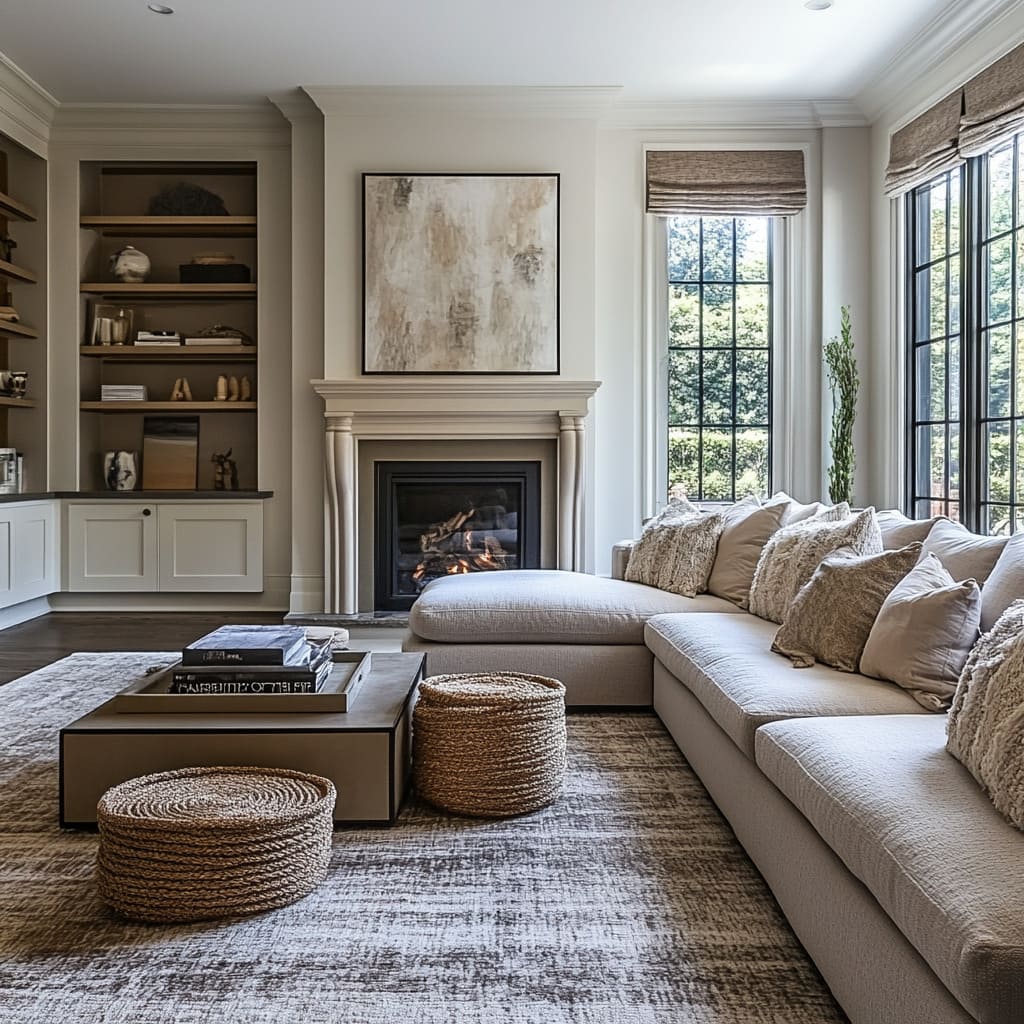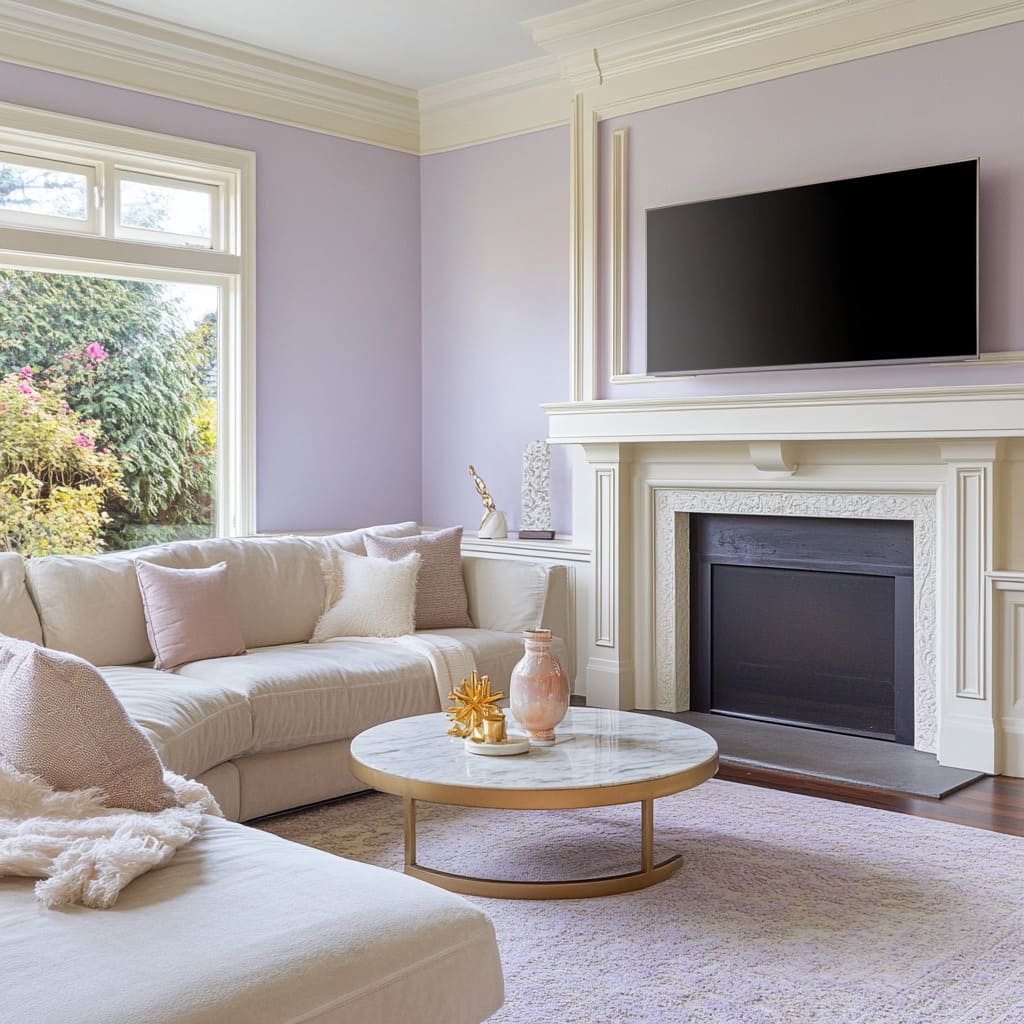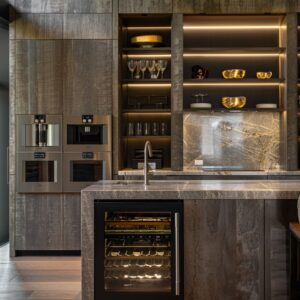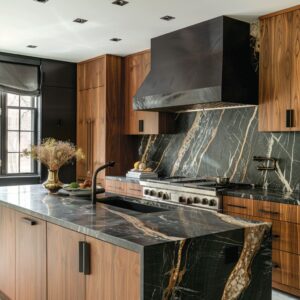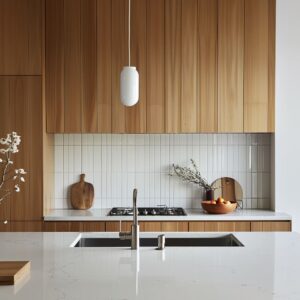Overview of Victorian Interiors
Victorian homes, known for their grand and elaborate design, offer a unique charm that has stood the test of time. Originating in the mid-to-late 19th century during Queen Victoria’s reign, this architectural style is characterized by its distinct features, including high ceilings, intricate moldings, ornate fireplaces, and large windows.
These elements were designed to convey a sense of elegance and sophistication, with every detail meticulously crafted to reflect the wealth and status of the homeowner
High ceilings in Victorian homes not only create a sense of space but also provide the perfect canvas for elaborate crown moldings and ceiling medallions, which are often detailed with floral motifs and geometric patterns. The fireplaces, frequently the centerpiece of Victorian rooms, are equally elaborate, with ornate mantels and hearths crafted from materials like marble, wood, or cast iron.
These fireplaces were not just functional but also served as a focal point for the room’s decor, often flanked by intricate built-in shelving or cabinetry. The large windows of Victorian homes, often adorned with wooden shutters or heavy drapes, allow ample natural light to flood the interiors, creating a warm and inviting atmosphere.
These windows were typically paired with detailed woodwork, such as wainscoting or paneled walls, adding layers of texture and richness to the overall design. Each of these architectural elements contributes to the distinctive look and feel of a Victorian home, making it a style that remains popular and beloved by many
The Appeal of Modernizing Victorian Interiors
In recent years, there has been a growing interest in blending traditional Victorian elements with contemporary design, resulting in what is now known as modern Victorian home interior. This style marries the ornate and decorative aspects of Victorian architecture with the clean lines and minimalism of modern design.
The appeal lies in creating spaces that honor the past while embracing the present, offering a unique mix of old and new that feels both timeless and fresh
One of the key attractions of modernizing Victorian interiors is the opportunity to create a space that reflects personal style while maintaining the character and charm of the original architecture. By incorporating modern furniture, lighting, and decor into a Victorian setting, homeowners can achieve a balanced look that is sophisticated yet comfortable.
For example, a living room with modern Victorian interior design might feature a sleek velvet sofa paired with a marble coffee table, set against a backdrop of detailed crown molding and a traditional fireplace. This juxtaposition of styles creates a dynamic and interesting space that feels curated and intentional.
Modern Victorian interior design ideas also focus on maximizing the functionality of these older homes, which were often built with smaller rooms and compartmentalized spaces. By opening up floor plans, adding modern amenities, and updating the color palette, homeowners can breathe new life into these historic spaces while ensuring they meet the demands of contemporary living
This article serves as a comprehensive guide for anyone interested in transforming their Victorian-style decor into a modern, stylish living space. Whether you are renovating an entire home or simply updating a single room, the following sections will provide practical tips and inspiration for achieving a modern Victorian interior design.
By understanding the key architectural elements of Victorian homes and learning how to incorporate modern design, you can create a space that is both beautiful and functional, preserving the unique charm of your home while making it your own
Understanding Victorian Architectural Elements
High Ceilings and Crown Molding
Victorian homes are known for their high ceilings, often soaring to heights that create an immediate sense of grandeur. These ceilings are typically adorned with elaborate crown molding, which adds depth and detail to the room.
In a modern context, maintaining these high ceilings and their accompanying moldings can be a key factor in preserving the architectural integrity of the space. However, incorporating modern design elements requires a careful balance
To maintain the elegance of high ceilings, consider painting the crown molding in a contrasting color to the walls, creating a visual break that draws the eye upward. This technique highlights the molding’s detail while adding a modern twist.
Alternatively, if the original molding is too ornate for your taste, you can simplify it by painting it the same color as the ceiling, allowing it to blend more subtly into the space. Pairing these traditional elements with modern light fixtures, such as minimalist chandeliers or pendant lights, can create a striking contrast that emphasizes both the height of the room and its historical features
Ornate Fireplaces and Mantels
Fireplaces are often the centerpiece of Victorian interiors, and their ornate mantels are a defining characteristic of the style. These fireplaces typically feature intricate carvings, detailed tiles, or even cast iron inserts, making them a focal point in any room.
To modernize a Victorian fireplace, consider updating the mantel with clean, minimalist decor that complements the room’s modern design elements. For example, placing a large, abstract painting above the mantel can create a bold statement that contrasts with the traditional architecture.
Alternatively, you can style the mantel with simple, modern vases or candlesticks, allowing the fireplace itself to remain the star of the room. If the original mantel is too elaborate, it can be painted in a neutral color to tone down its appearance while still retaining its historical charm.
Incorporating modern furnishings around the fireplace, such as a sleek coffee table or contemporary armchairs, can further enhance the blend of old and new
Large Windows and Natural Light
Large windows are a hallmark of Victorian homes, providing ample natural light and a connection to the outdoors. These windows are often adorned with detailed woodwork and heavy drapes, which were traditional in Victorian interiors.
To modernize this aspect, consider simplifying the window treatments to allow more light to flow into the room, enhancing the modern feel. Sheer curtains or light, airy fabrics can replace heavy drapes, creating a brighter and more open space.
Alternatively, using sleek, modern blinds or shutters can provide privacy while maintaining a clean, contemporary look. The use of large windows in modern Victorian home interior design not only preserves the architectural character of the space but also enhances its functionality by creating a light-filled, welcoming environment
Detailed Paneling and Woodwork
The detailed paneling and woodwork found in Victorian homes add layers of texture and richness to the interior design. This woodwork, whether in the form of wainscoting, paneled walls, or intricate door frames, is often a focal point in Victorian interiors.
To modernize these elements, consider updating the color scheme or finish
Painting the woodwork in a bold, modern color can create a striking contrast that updates the space while preserving the original details. Alternatively, refinishing the woodwork in a lighter, more contemporary stain can bring a fresh, modern feel to the room.
In some cases, simplifying the paneling by removing excessive details or replacing it with cleaner lines can help to integrate it into a more modern design. Pairing this updated woodwork with contemporary furnishings and decor can create a cohesive look that blends the best of both worlds.
By understanding and thoughtfully modernizing these key architectural elements, you can create a living room with modern Victorian interior design that respects the history of your home while making it your own
Curious about renovating a Victorian-style home?
See how your budget can bring classic elegance to life with our instant budget checker.
[budget_renovation_calculator]
Incorporating Modern Furnishings
Choosing Contemporary Sofas and Seating
When modernizing a Victorian home, one of the most effective ways to blend old and new is through the choice of seating. Traditional Victorian seating is often characterized by intricate woodwork, tufted upholstery, and heavy, ornate designs.
While these elements hold their charm, they can feel out of place in a more streamlined, modern interior. The key to creating a cohesive look is to introduce contemporary seating that complements, rather than competes with, the existing Victorian features
Modern sofas, such as those upholstered in deep velvet, offer a luxurious touch that echoes the opulence of Victorian homes interior design, while their sleek lines and minimalist silhouettes bring a fresh, updated vibe. A deep blue or emerald green velvet couch, for instance, can add a rich pop of color and texture to a room, offering a nod to Victorian tradition but with a contemporary twist.
Alternatively, a low-profile sectional sofa in a neutral tone can provide the comfort and functionality needed in today’s living spaces without overwhelming the room’s historical elements
Another option is to mix and match seating styles. Pairing a modern, armless lounge chair with a more traditional tufted settee can create an interesting juxtaposition that highlights the uniqueness of both pieces.
This approach allows for a personalized style that feels curated and thoughtful, blending modern and Victorian elements seamlessly. The goal is to create a space that feels balanced and harmonious, where modern seating enhances the room’s character rather than overshadowing it
Modern Coffee Tables and Accent Pieces
The selection of coffee tables and accent pieces plays a crucial role in tying together the overall design of a modern interior in a Victorian house. Victorian-style decor often featured heavy, ornate furniture made of dark woods or marble.
While these materials can still be used, modern interpretations favor cleaner lines and simpler forms that can better blend with the space’s other elements
Marble coffee tables, for example, remain a timeless choice that bridges the gap between Victorian elegance and contemporary simplicity. A table with a sleek, geometric design and a marble top can provide the same sense of luxury without the weight of traditional Victorian designs.
Similarly, glass and metal coffee tables offer a lighter, more open look, helping to create a feeling of spaciousness in rooms where Victorian architecture can sometimes feel dense
Accent pieces should also be chosen with an eye towards balance. A modern table lamp with a simple, sculptural form can sit comfortably on an ornate Victorian side table, offering functionality without clashing with the room’s period details.
The key is to choose pieces that are simple in design but rich in material or texture, allowing them to complement the room’s existing features without overwhelming them
Balancing Bold Colors and Neutral Tones
Color is a powerful tool in modern Victorian decor, allowing for the creation of a space that is both dynamic and cohesive. Bold colors, such as deep blues, greens, and rich jewel tones, can be used effectively in modern furnishings to echo the vibrancy of Victorian interiors.
These colors add depth and drama to a room, making a statement without overwhelming the space. When using bold colors, it’s important to balance them with neutral tones to maintain harmony in the room.
Neutral walls, rugs, and additional decor can soften the intensity of bold furnishings, creating a look that is both sophisticated and inviting. For instance, a deep blue velvet sofa might be paired with light gray walls and a neutral-toned rug, allowing the sofa to stand out without dominating the room
Additionally, incorporating a mix of textures can further enhance this balance. Pairing a plush, velvet sofa with a sleek, marble coffee table or a soft, woven rug can create a layered, textured space that feels both rich and modern.
The interplay between bold and neutral tones, combined with varied textures, helps to create a space that feels thoughtfully designed and cohesive
Estimate the cost of your Victorian-style house remodel with our budget estimator.
Simply enter a few details, and you’ll receive a quick estimate of the necessary budget
Enhancing the Space with Modern Decor
Art and Wall Decor
In a contemporary Victorian interior design, art plays a crucial role in bridging the gap between old and new. Modern art pieces, especially those with abstract or minimalist designs, can provide a striking contrast to the intricate details of Victorian architecture.
This contrast not only modernizes the space but also draws attention to the room’s unique historical features
When selecting art for a modern Victorian home decor, consider pieces that offer bold colors or simple, clean lines. Large-scale abstract paintings, for instance, can make a dramatic statement when hung above a traditional Victorian fireplace, drawing the eye upward and creating a focal point in the room.
Similarly, black-and-white photography or minimalist line drawings can add a contemporary touch that complements, rather than competes with, the room’s more ornate elements. Placement is also key.
Hanging art above mantels, on paneled walls, or in spaces between windows can help to frame the artwork while showcasing the room’s architectural details. The goal is to create a balance between the art and the room’s existing features, allowing both to shine
Lighting and Chandeliers
Lighting is another essential element in modernizing Victorian interiors. While traditional Victorian homes often featured elaborate chandeliers and heavy, ornate light fixtures, updating these with modern designs can instantly refresh the space.
Modern chandeliers, with their clean lines and understated elegance, can still offer the grandeur that Victorian interiors demand but in a more streamlined, contemporary way
For instance, a chandelier with minimalist metal arms and simple, exposed bulbs can provide a striking contrast to the room’s intricate ceiling moldings and ornate fireplaces. Similarly, wall sconces with sleek, modern designs can replace more traditional fixtures, offering a subtle yet impactful update.
The role of lighting in modern Victorian homes is not just functional but also aesthetic. By carefully selecting light fixtures that blend old and new, homeowners can enhance the room’s overall ambiance, creating a space that feels warm, inviting, and perfectly balanced between tradition and modernity
Incorporating Natural Elements
Adding natural elements is an effective way to bring life and texture into a modern Victorian interior. Potted plants, for example, introduce a sense of freshness and vitality that can soften the room’s more formal elements.
Whether placed in corners, near windows, or on coffee tables, plants can add a touch of greenery that brightens the space and creates a more relaxed, lived-in feel. In rooms with rich, dark Victorian features, such as black bookshelves or ornate woodwork, plants with lush green leaves provide a beautiful contrast.
The natural color and organic shapes of plants can help to break up the room’s more rigid, structured lines, adding a sense of movement and flow
For a more curated look, consider choosing plants with architectural forms, such as tall fiddle-leaf figs or sculptural succulents. These plants not only add greenery but also complement the room’s overall design, enhancing both the Victorian and modern elements.
Pairing these natural elements with sleek, contemporary planters can further tie the room together, creating a cohesive and harmonious space. Incorporating modern furnishings into a Victorian home requires a thoughtful approach that respects the architecture while introducing fresh, contemporary elements.
By carefully selecting seating, tables, decor, and natural elements that complement the room’s existing features, you can create a space that is both stylish and timeless. This approach allows for the preservation of the home’s historical charm while making it a functional and comfortable environment for modern living
Maintaining Balance Between Old and New
Preserving Historical Integrity
When modernizing the interior of a Victorian house, one of the most important aspects to consider is how to balance the old with the new. Victorian homes are rich in history and character, with features such as intricate moldings, ornate fireplaces, and detailed woodwork that are often irreplaceable.
Preserving these elements while incorporating modern design is key to creating a space that honors the home’s past while making it suitable for contemporary living
The first step in maintaining historical integrity is to identify which original features are most significant to the home’s character. These might include architectural details like ceiling moldings, wainscoting, or unique window designs.
Preserving these elements often means carefully restoring them rather than replacing them. For instance, rather than painting over original woodwork, consider refinishing it to reveal its natural beauty.
If the wood has already been painted, selecting a neutral color palette that complements the existing details can help maintain the room’s historical charm while allowing modern elements to shine
Introducing modern elements doesn’t mean overwhelming the original architecture. Instead, it’s about finding a balance where both the old and the new can coexist harmoniously.
One approach is to use modern furniture and decor that echo the scale and detail of the Victorian architecture. For example, choosing a contemporary sofa with classic lines or modern lighting fixtures that reflect the intricate patterns found in Victorian moldings can help tie the new design into the existing framework
Achieving Cohesion with Color and Texture
Creating a cohesive look in a modern Victorian interior design relies heavily on the thoughtful use of color and texture. Victorian interiors often feature rich, dark colors and a variety of textures, from heavy drapes to ornate wallpapers.
Modern interiors, on the other hand, tend to favor lighter, more neutral palettes and sleek, smooth textures. Blending these two approaches requires careful selection of materials and colors that can bridge the gap between past and present
A successful strategy is to use a base of neutral tones—such as whites, grays, and beiges—for walls and larger furniture pieces. This creates a calm, consistent backdrop that allows both Victorian and modern elements to stand out.
Adding in accents of bold, rich colors, such as deep blues, greens, or jewel tones, can introduce a touch of Victorian drama without overwhelming the space. These colors can be incorporated through accessories like pillows, rugs, or even statement pieces of furniture
Texture also plays a crucial role in blending modern and Victorian styles. Mixing materials like velvet, leather, and metal can create a layered look that feels both sophisticated and cohesive.
For example, pairing a modern, sleek metal coffee table with a plush velvet sofa captures the opulence of Victorian style while keeping the overall aesthetic fresh and contemporary. Similarly, adding contemporary victorian decor—like a simple, abstract painting or a minimalist chandelier—can highlight the room’s history while introducing modern flair
Practical Tips for Modernizing Victorian Interiors
Step-by-Step Guide
Modernizing a Victorian style house inside can seem daunting, but breaking the process down into manageable steps makes it achievable. Begin by assessing the space and identifying the key Victorian elements that you want to preserve.
These might include original fireplaces, ceiling moldings, or unique architectural details. Next, consider the layout and functionality of the space.
Victorian homes were often designed with smaller, more compartmentalized rooms. If the goal is to create a more open, modern flow, consider how you might reconfigure the space while maintaining the integrity of the original design.
This could involve removing non-structural walls, widening doorways, or creating open-plan living areas that still respect the home’s traditional boundaries
Once the layout is established, focus on choosing modern furnishings that complement the Victorian architecture. Opt for pieces that are both functional and stylish, such as a sleek sectional sofa that fits within a bay window or a minimalist dining table that contrasts beautifully with ornate ceiling details.
Remember to keep the color palette cohesive, using neutrals as a base and introducing richer tones through accessories and accents. Finally, layer in decor that ties everything together.
Look for modern victorian style interior design pieces that blend seamlessly with the room’s original features, like a contemporary light fixture that complements a traditional fireplace or modern artwork that adds depth and interest to a wall of original paneling
Budget Considerations
Modernizing the interior of a Victorian home doesn’t have to break the bank. Whether you’re making small updates or embarking on a full-scale renovation, there are ways to achieve a modern look while being mindful of your budget.
Start by prioritizing the most important updates. If the budget is tight, focus on preserving and highlighting the existing Victorian features, such as restoring original woodwork or refreshing the paint.
These updates can make a significant impact without requiring a large financial investment. When it comes to furnishings, consider mixing high-end pieces with more affordable finds.
A well-chosen statement piece, like a modern velvet sofa, can set the tone for the room and elevate less expensive items. Shopping at thrift stores, antique shops, or online marketplaces can also yield unique pieces that add character to the space without a hefty price tag
If major structural changes are part of the plan, work with a contractor who understands both modern and Victorian design principles. They can help find cost-effective solutions for updating the layout while maintaining the home’s architectural integrity.
Additionally, focus on quality over quantity—investing in a few key pieces that are well-made and timeless can ensure that your modern victorian home decor remains stylish and durable over time. By approaching the modernization of a Victorian home with careful planning, respect for the original architecture, and a thoughtful selection of modern elements, it’s possible to create a space that beautifully balances the old with the new
Conclusion
Modernizing Victorian interiors offers a unique opportunity to blend the rich, intricate details of the past with the clean lines and functional elements of contemporary design. This fusion of styles creates a space that is both visually captivating and highly functional, allowing homeowners to enjoy the best of both worlds
Throughout this guide, several strategies and tips have been explored for achieving this delicate balance. Maintaining the integrity of original Victorian features, such as high ceilings, ornate fireplaces, and detailed woodwork, is essential.
These elements bring character and history to a home and should be preserved or restored wherever possible. Introducing modern furnishings and decor, like sleek sofas, minimalist coffee tables, and abstract art, provides a striking contrast that highlights the beauty of the original architecture while bringing the space into the present day
Balancing color and texture is another critical aspect of modern Victorian house interior design. Neutral tones serve as a calming base that allows bold colors and rich textures to stand out, creating a cohesive look that is both sophisticated and inviting.
Incorporating modern materials like metal, glass, and marble alongside traditional Victorian textures such as velvet and wood ensures a harmonious blend of old and new
For those looking to decorate a Victorian house, it’s important to approach the process with a sense of creativity and respect for the home’s history. Modern Victorian decor ideas encourage the use of contemporary pieces that reflect personal style while complementing the existing architecture.
Whether it’s through the addition of modern lighting, the strategic placement of artwork, or the careful selection of furniture, each element should contribute to the overall narrative of the space
In conclusion, modern Victorian style house interior design is about creating a home that feels both timeless and current. By thoughtfully blending Victorian decor ideas with modern elements, homeowners can create spaces that are not only beautiful but also truly reflective of their unique style.
This approach to design celebrates the past while embracing the future, resulting in interiors that are as comfortable and functional as they are elegant and distinctive

